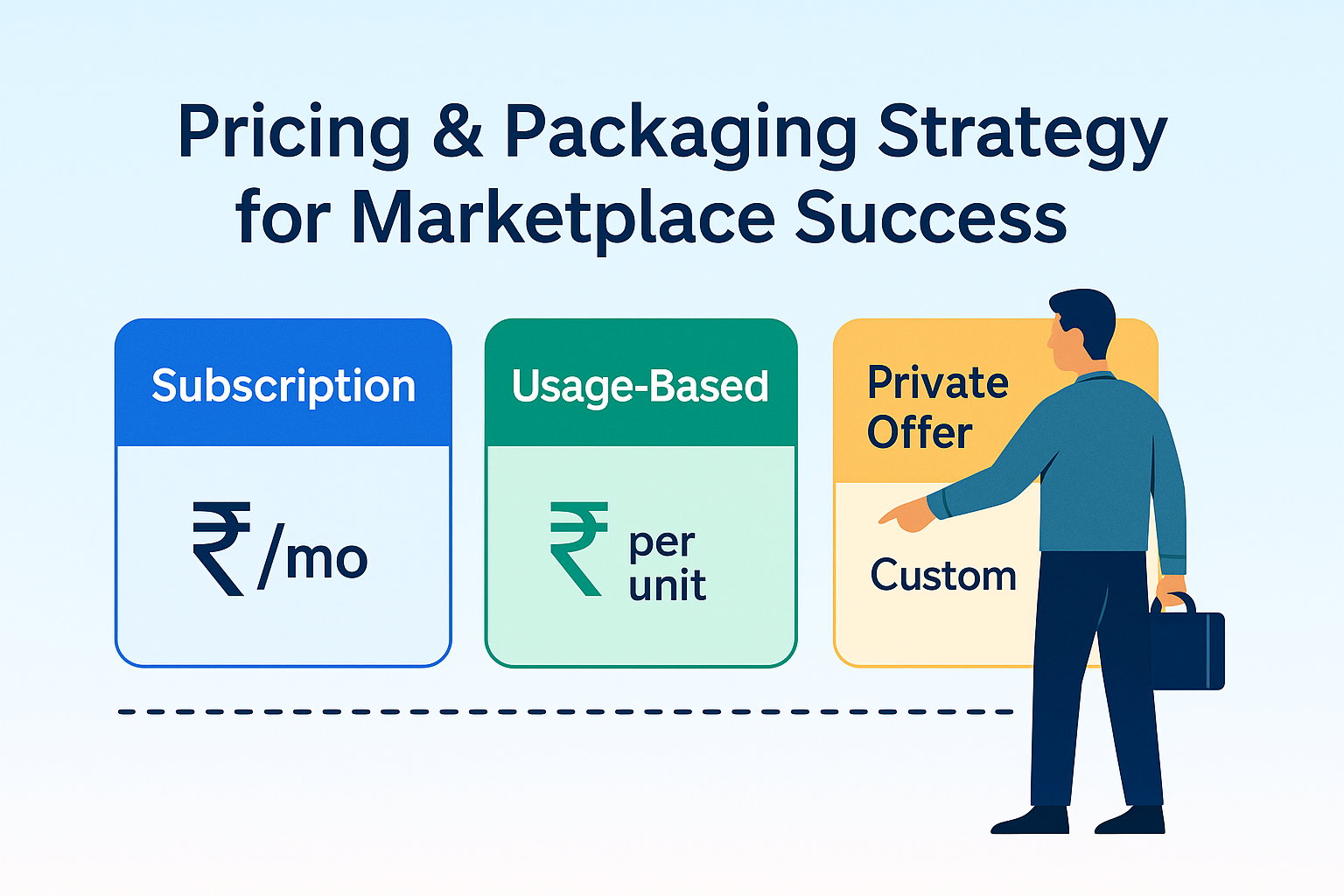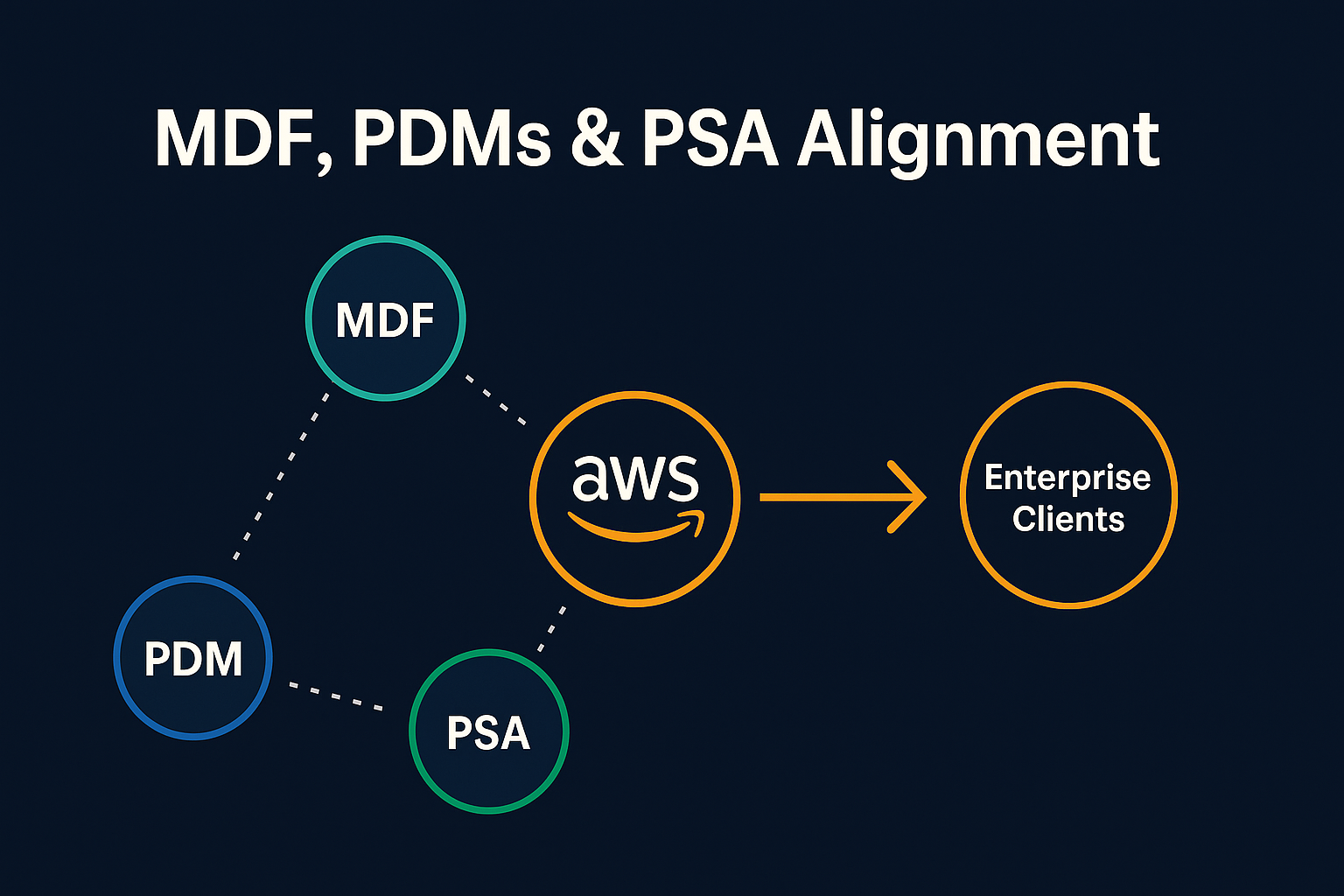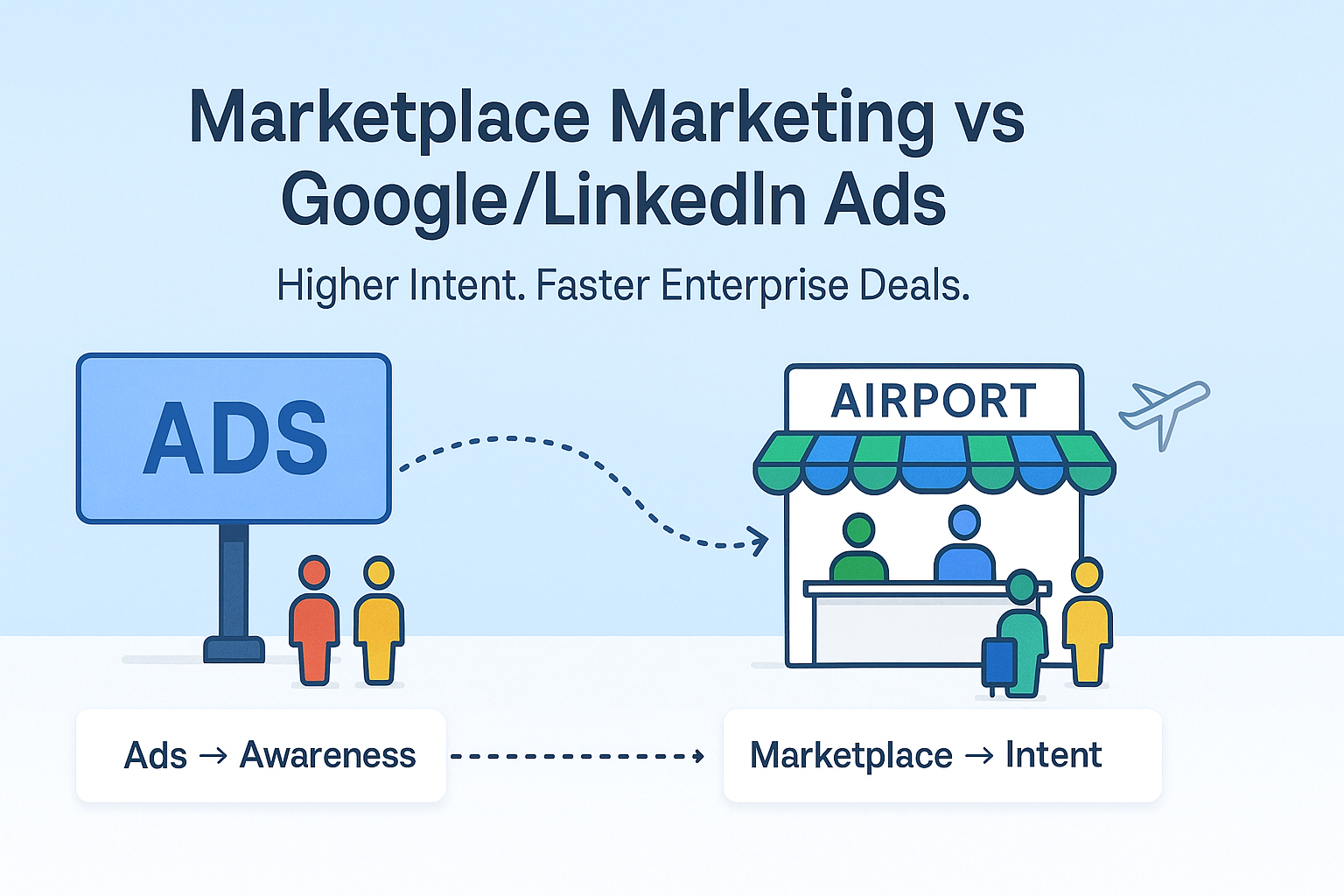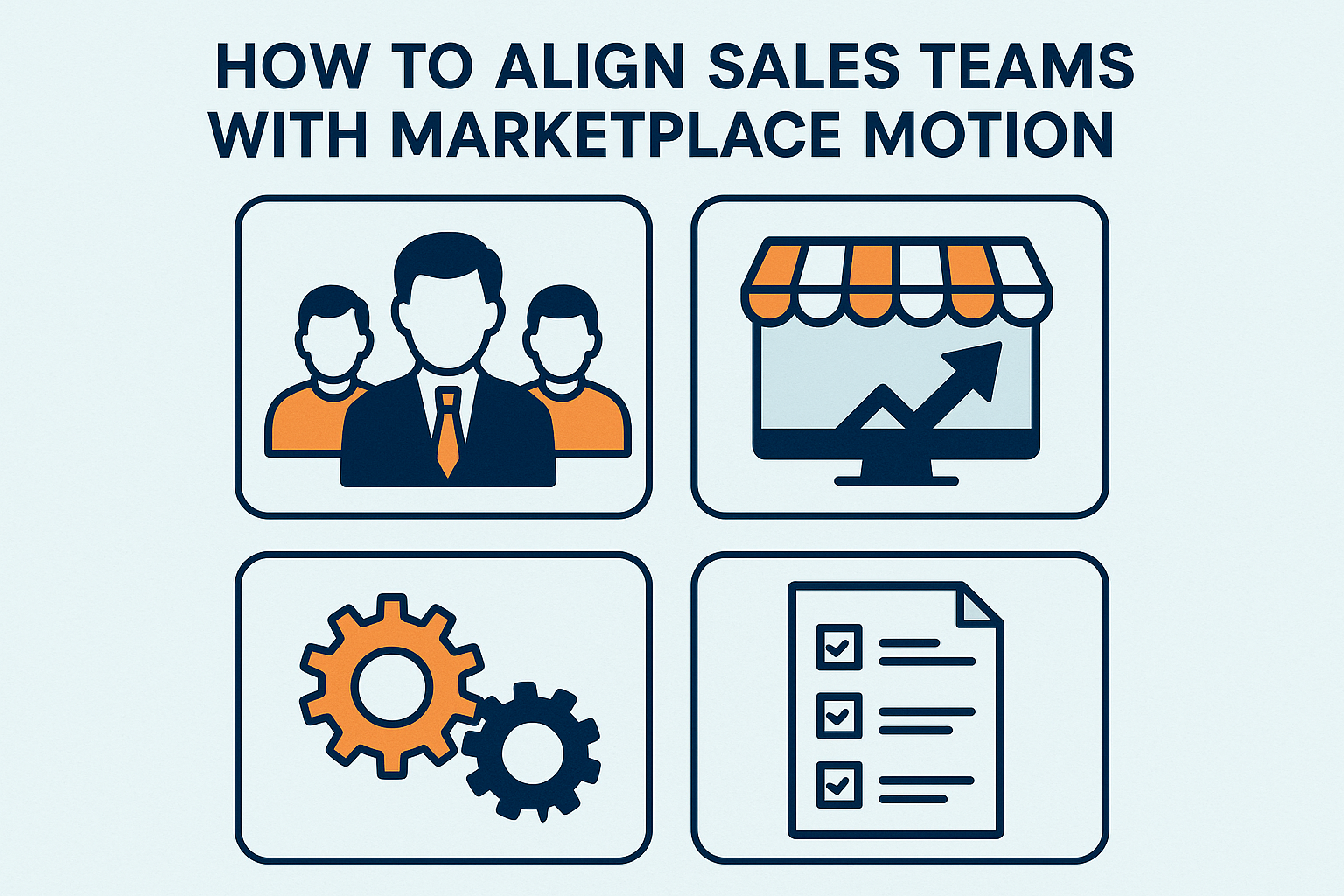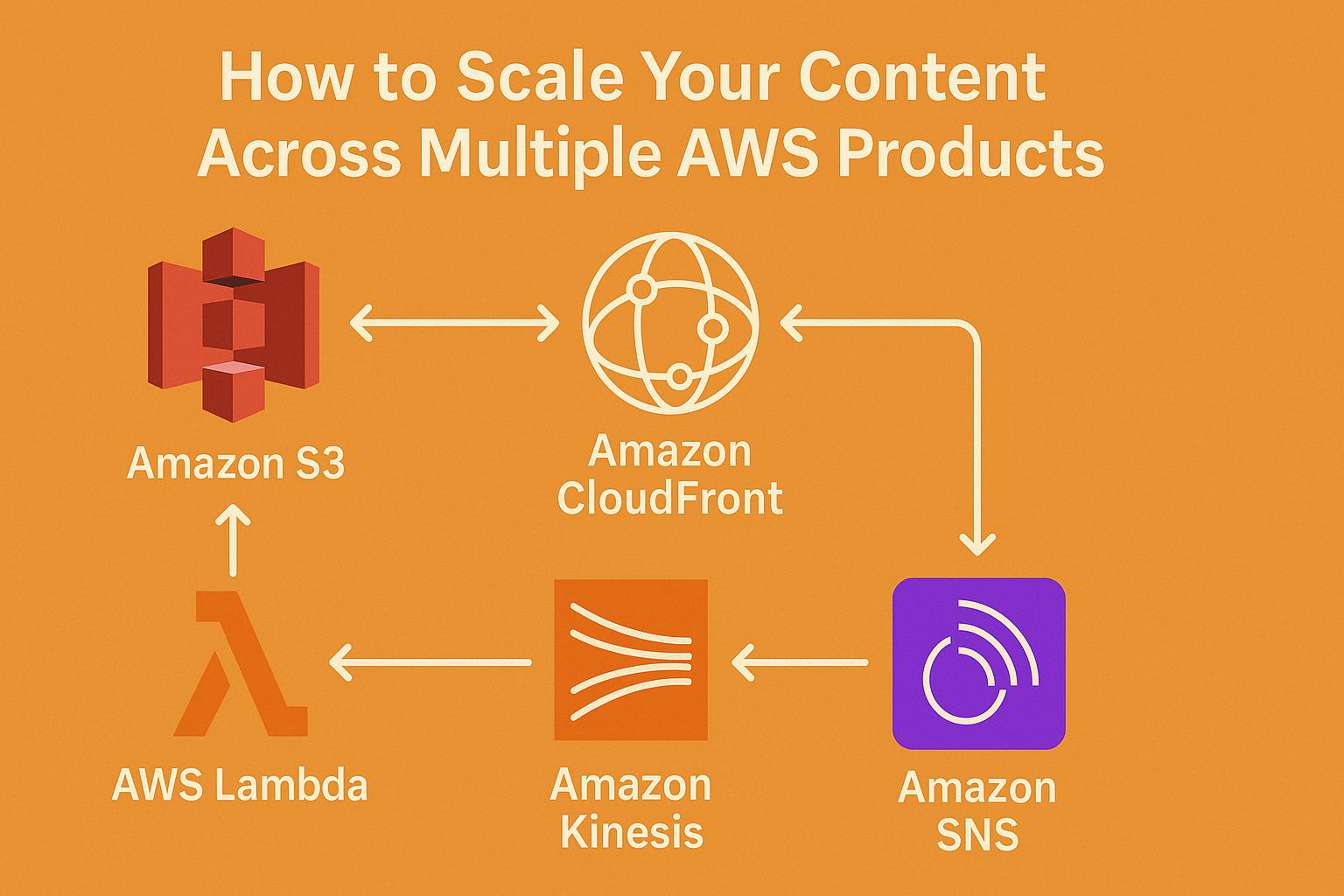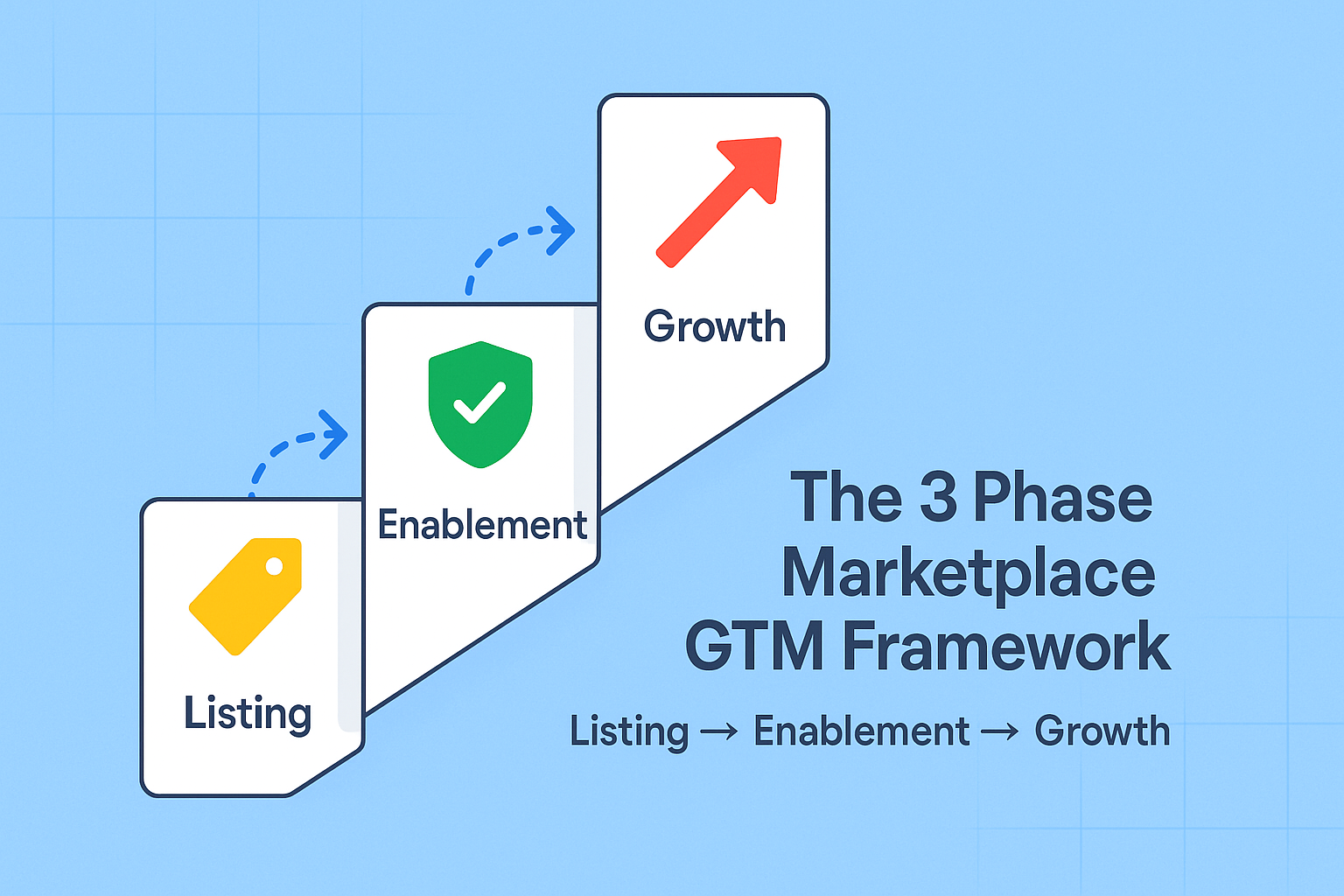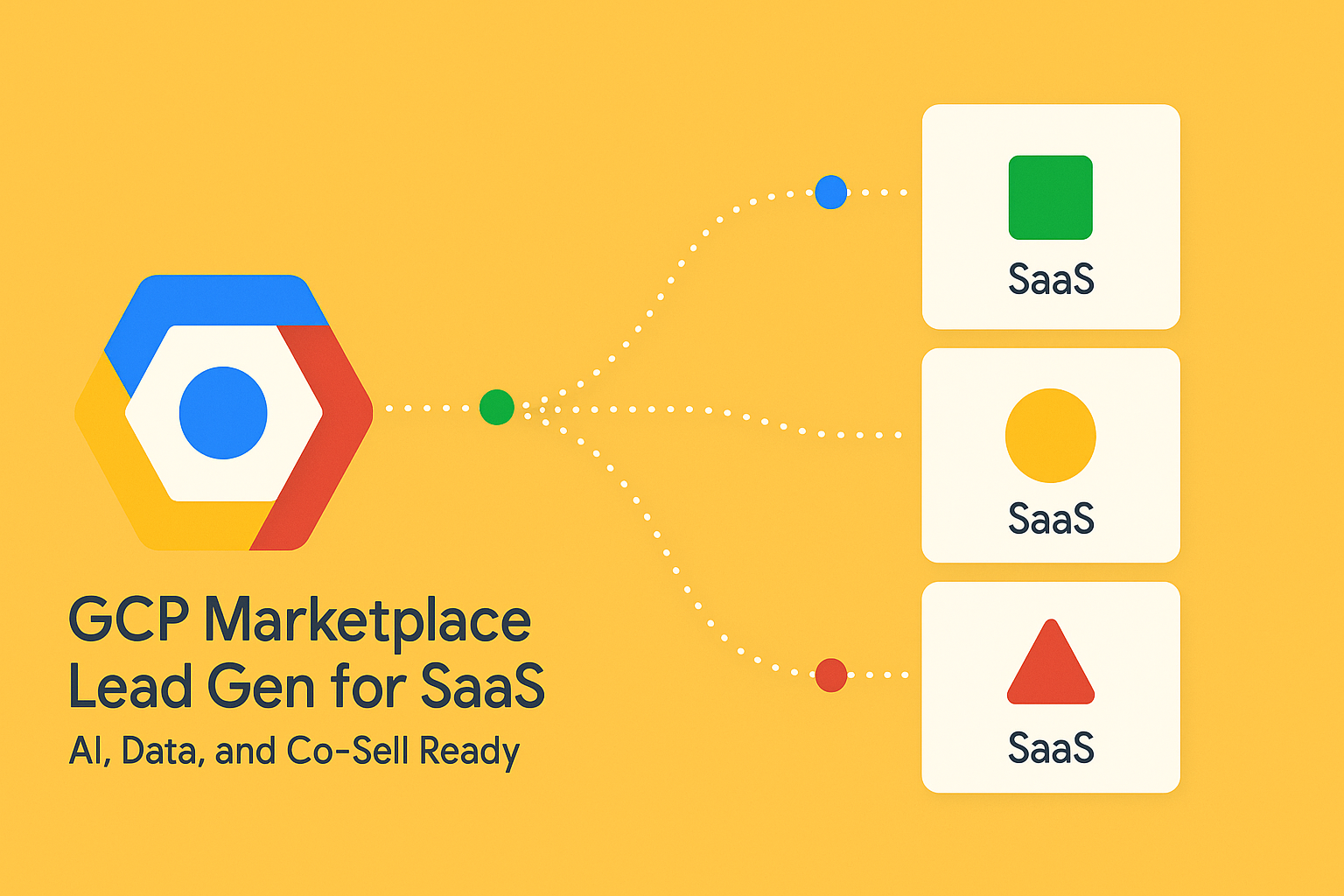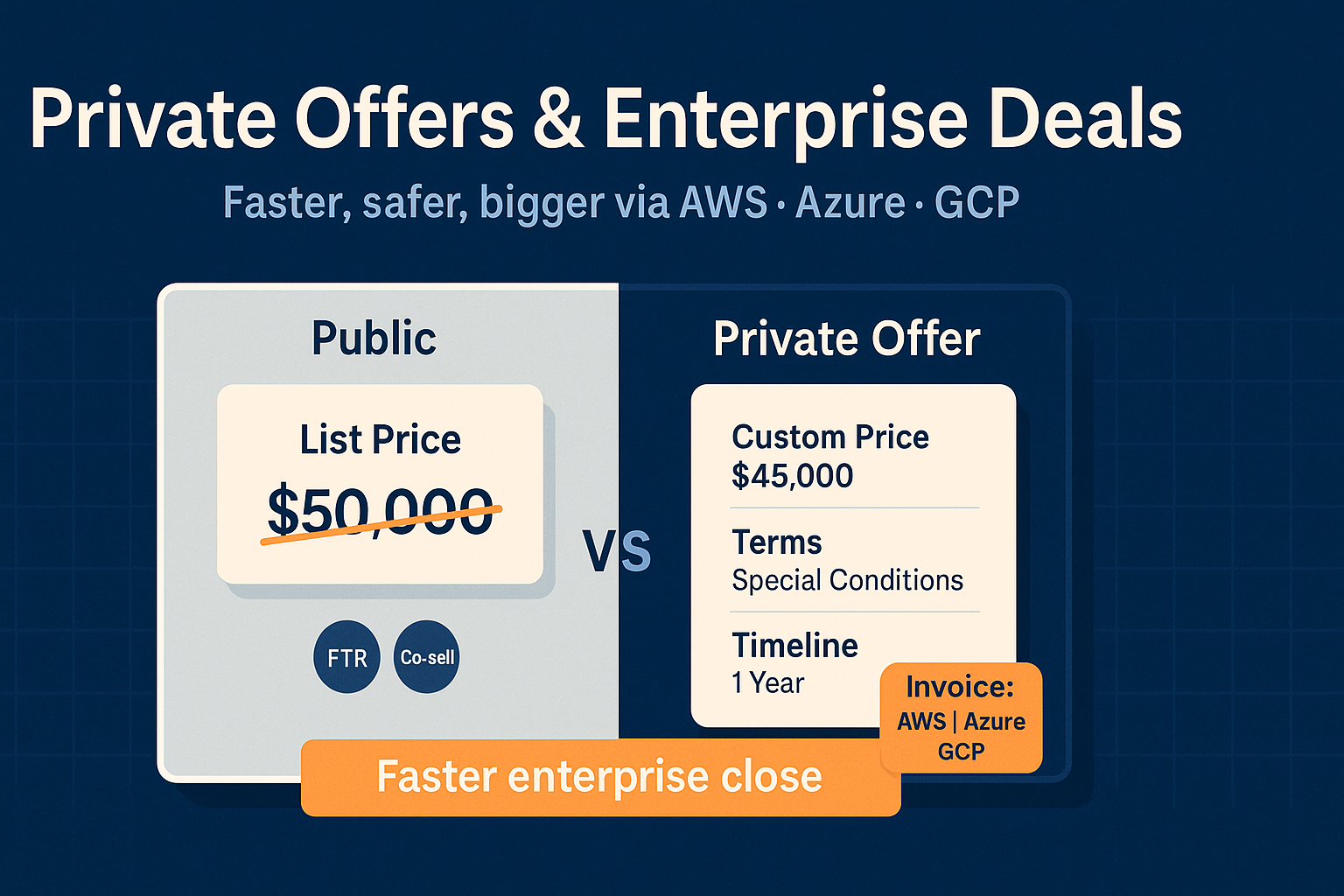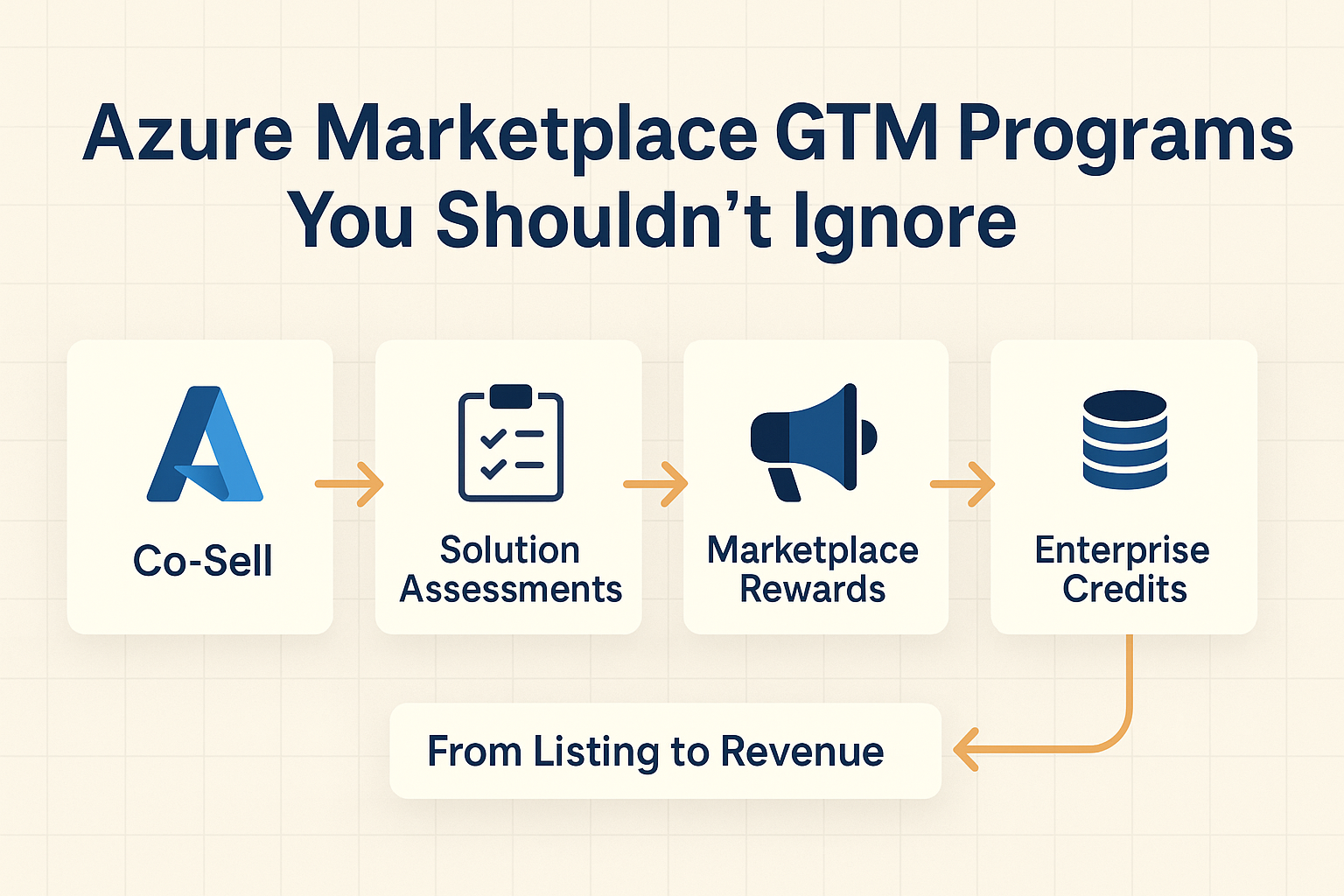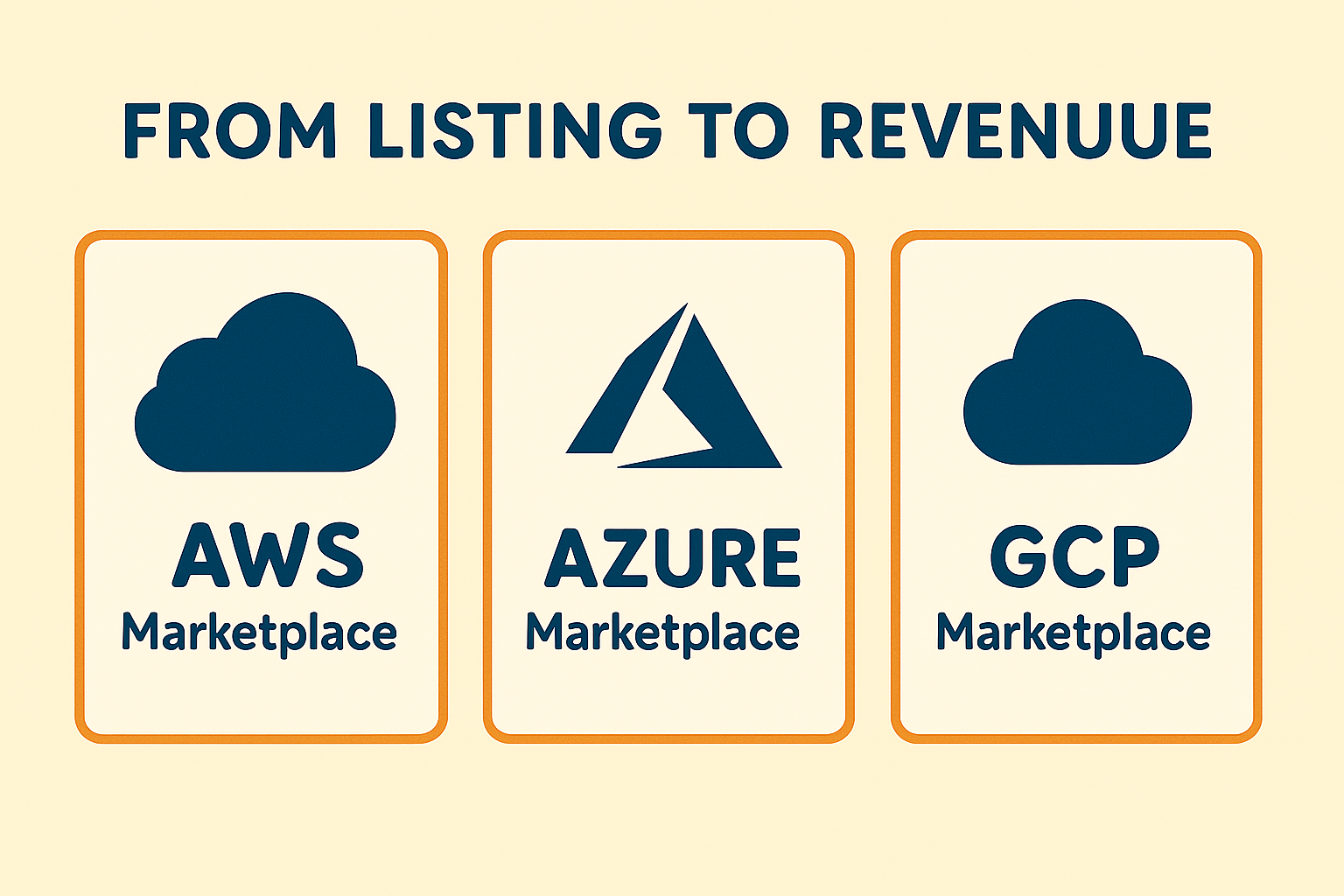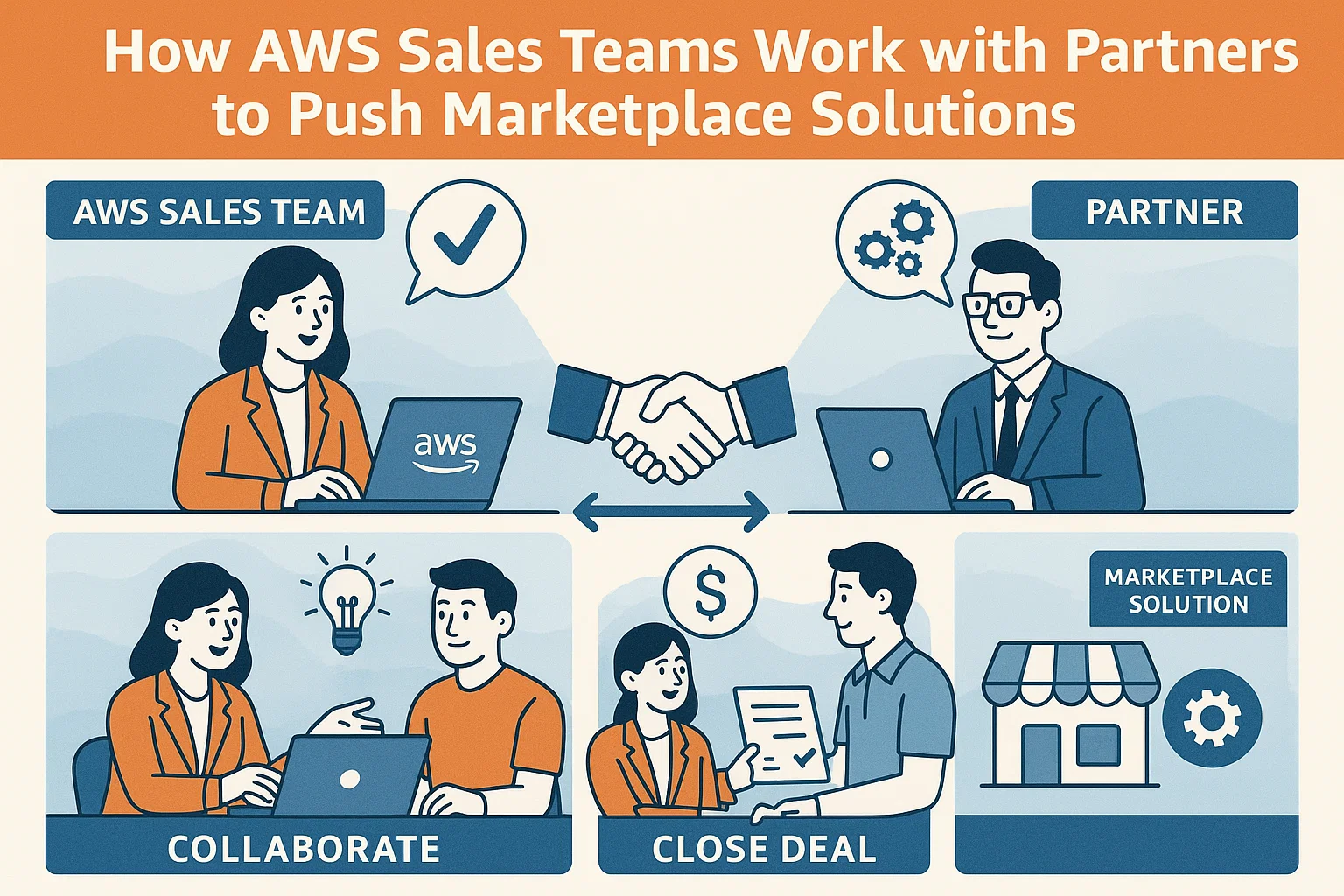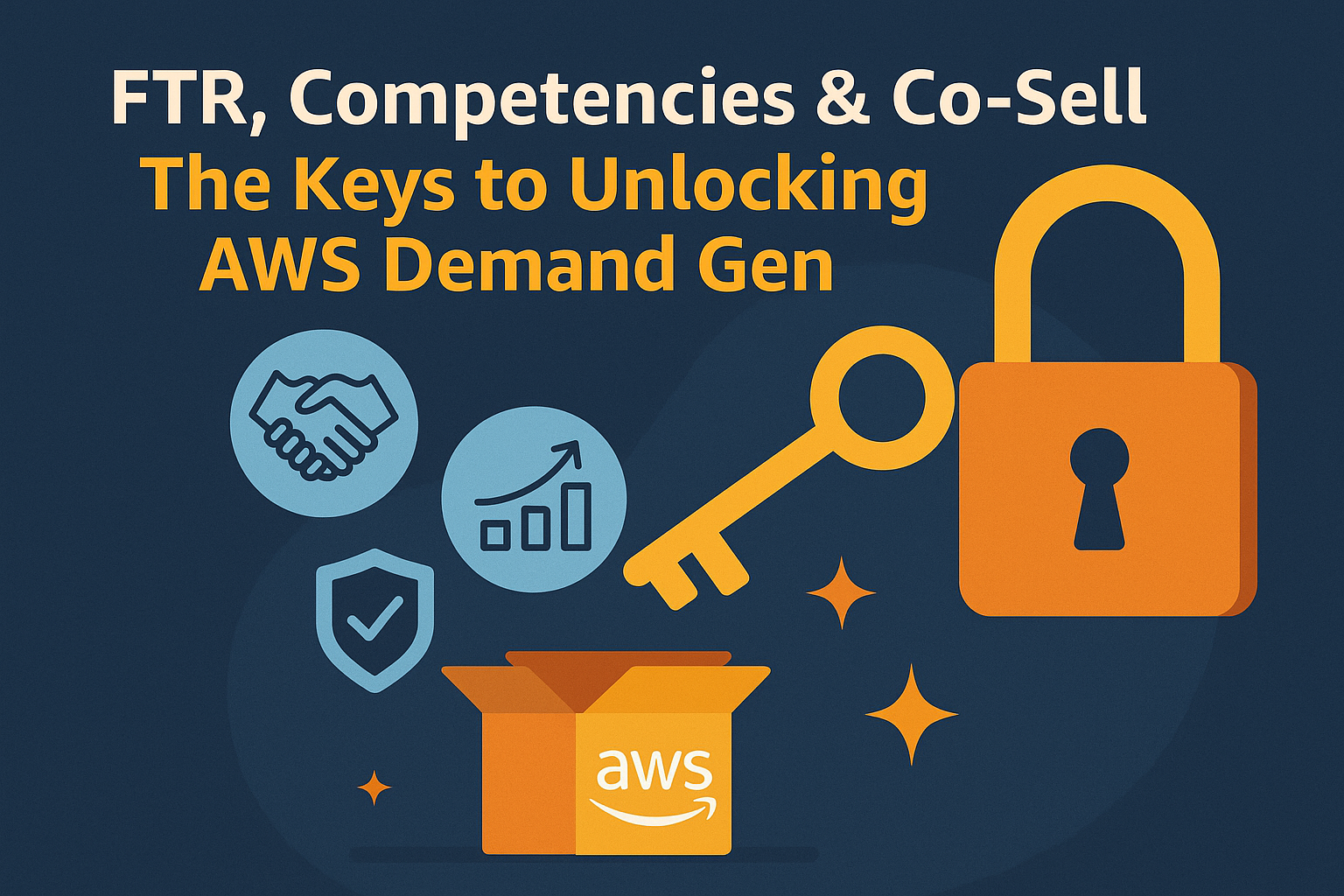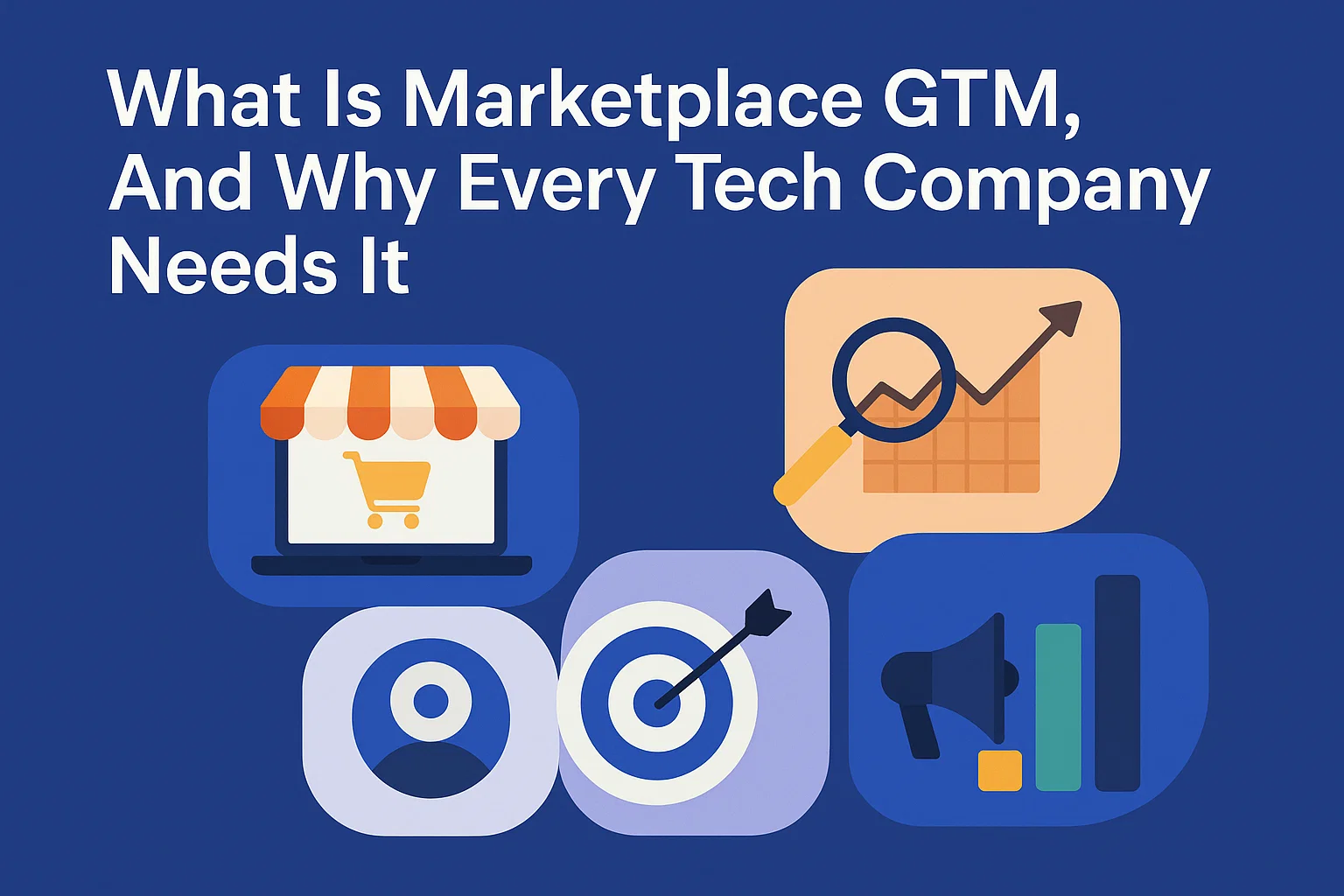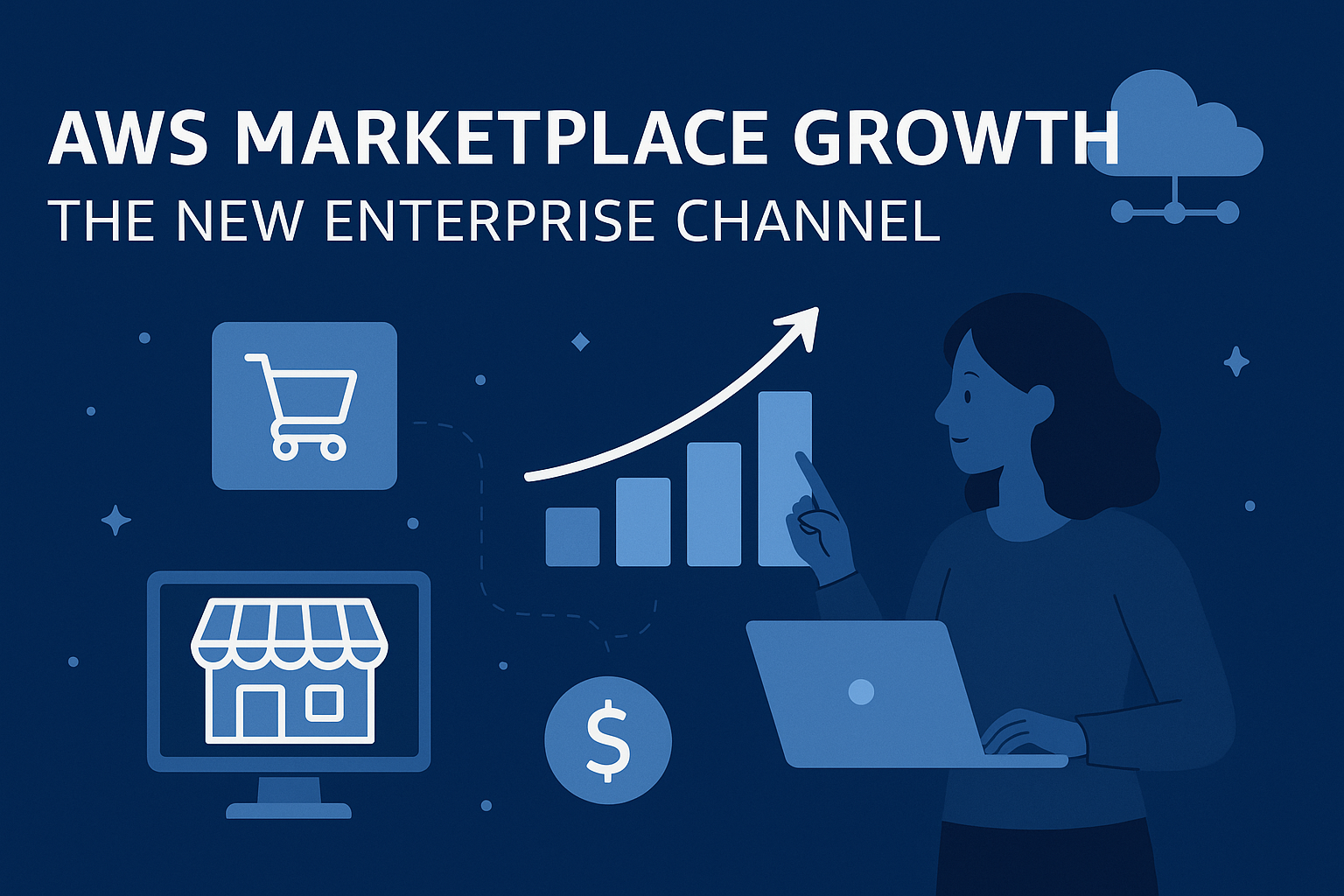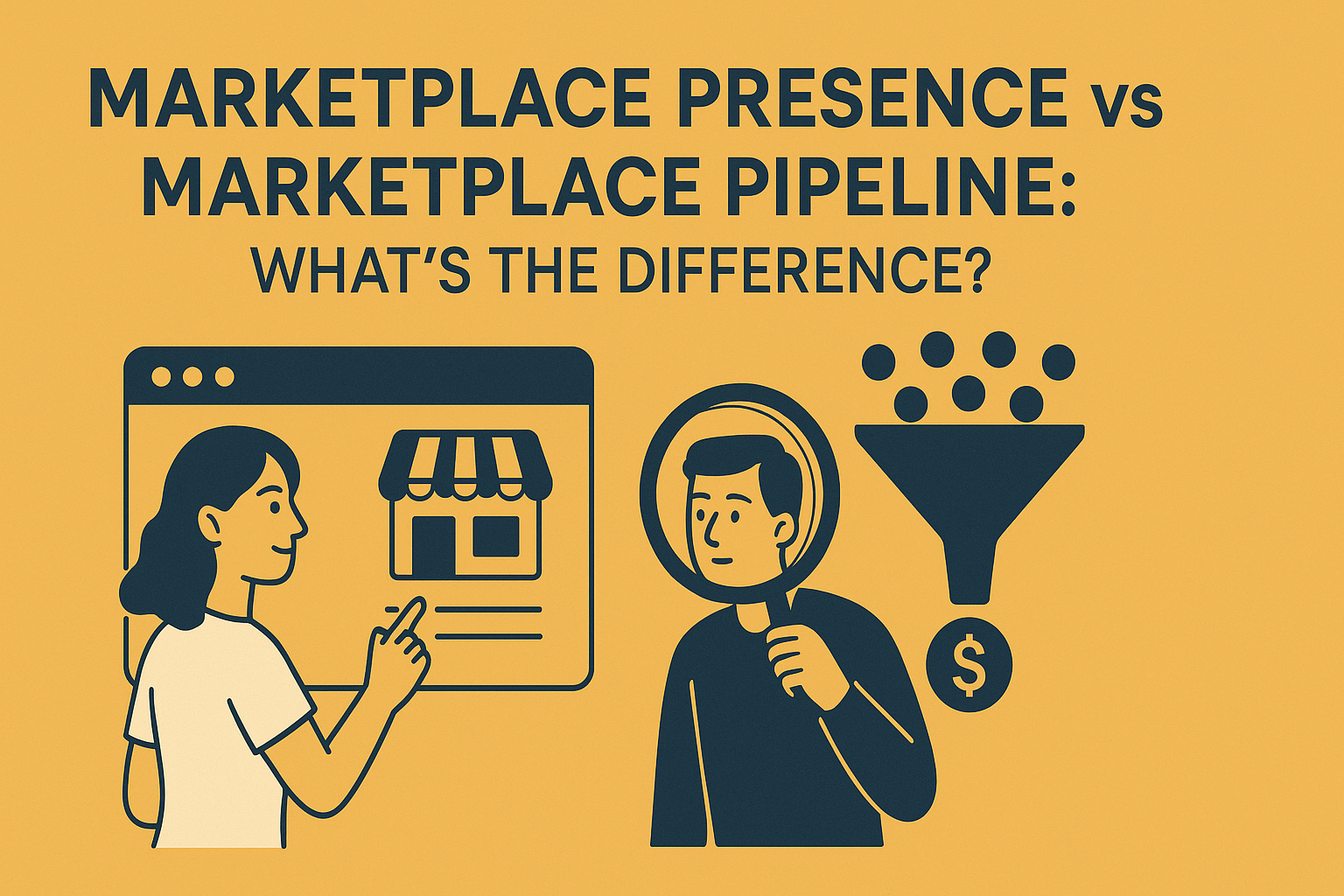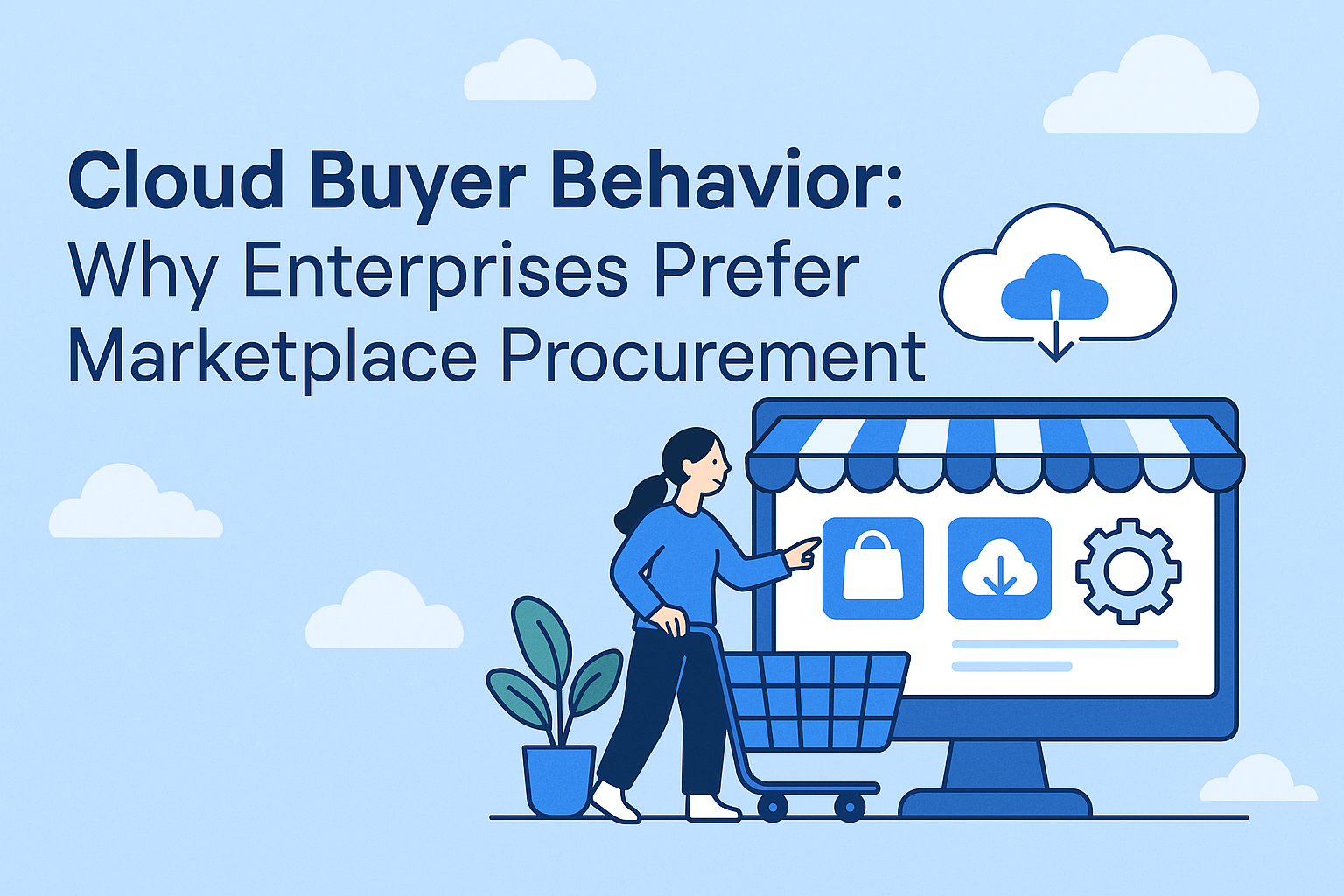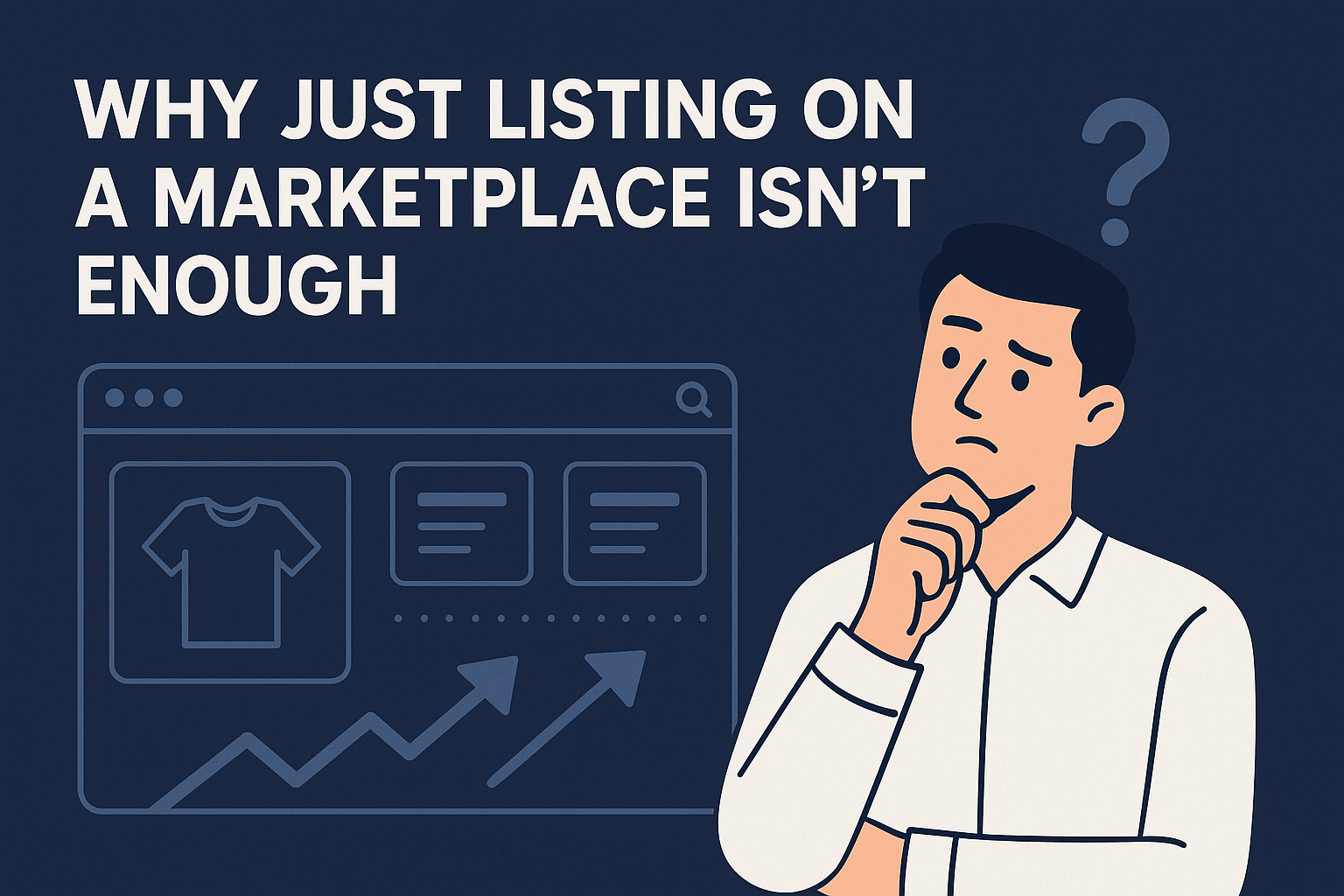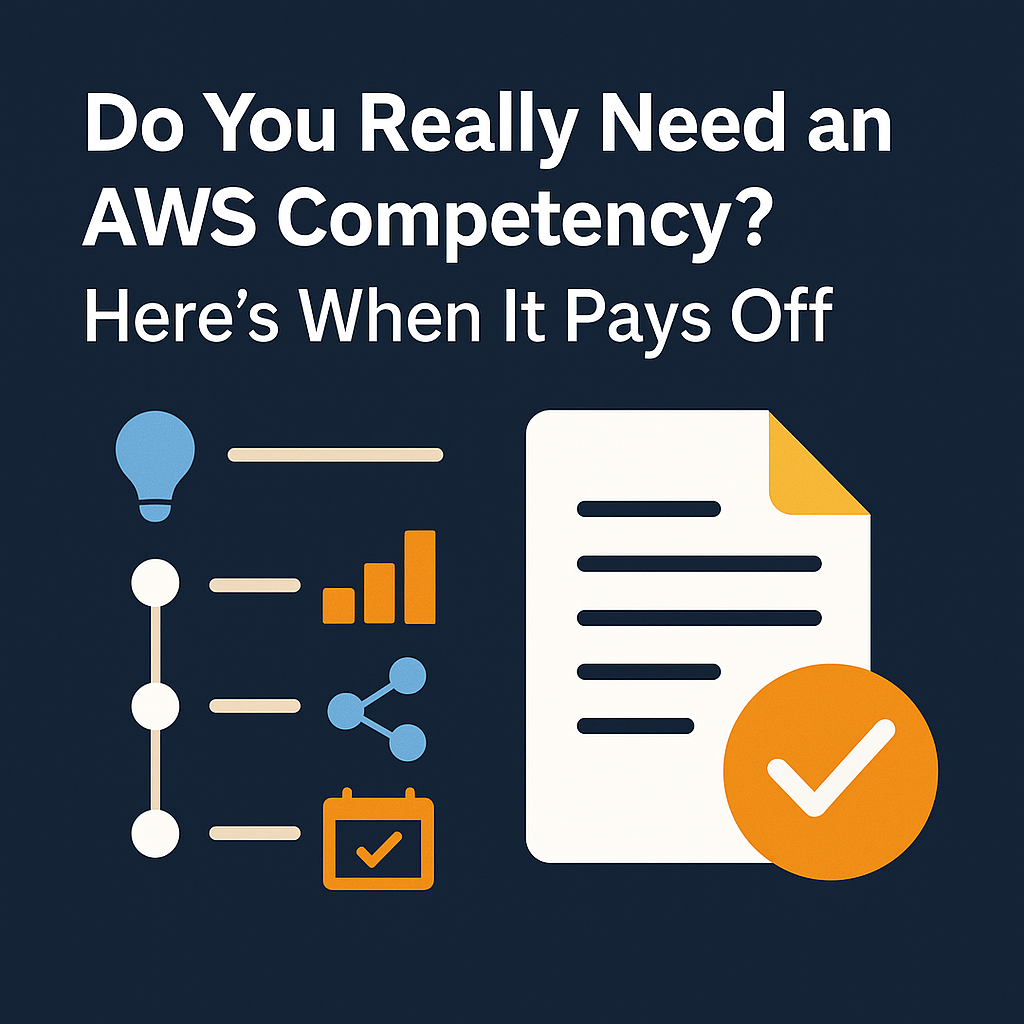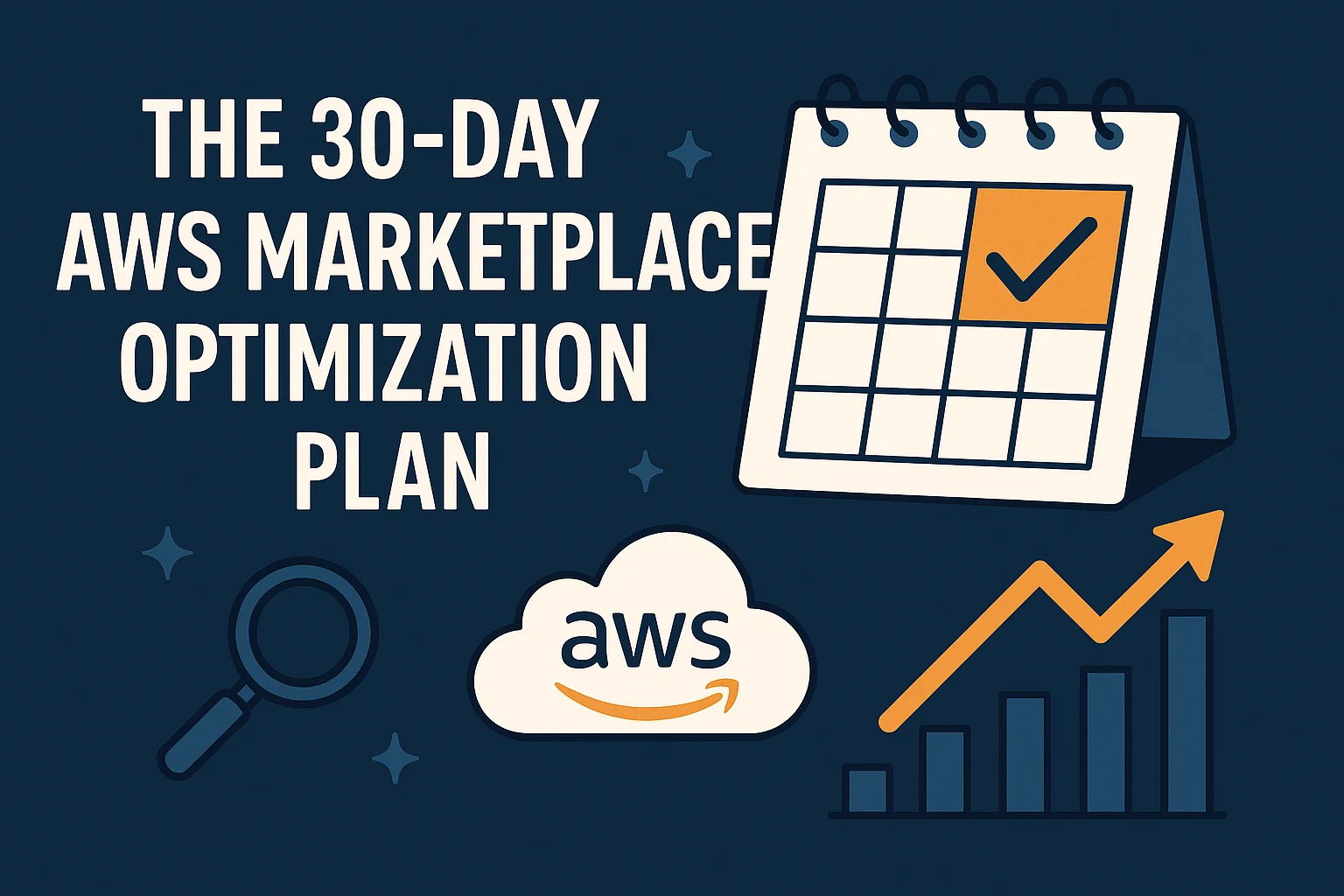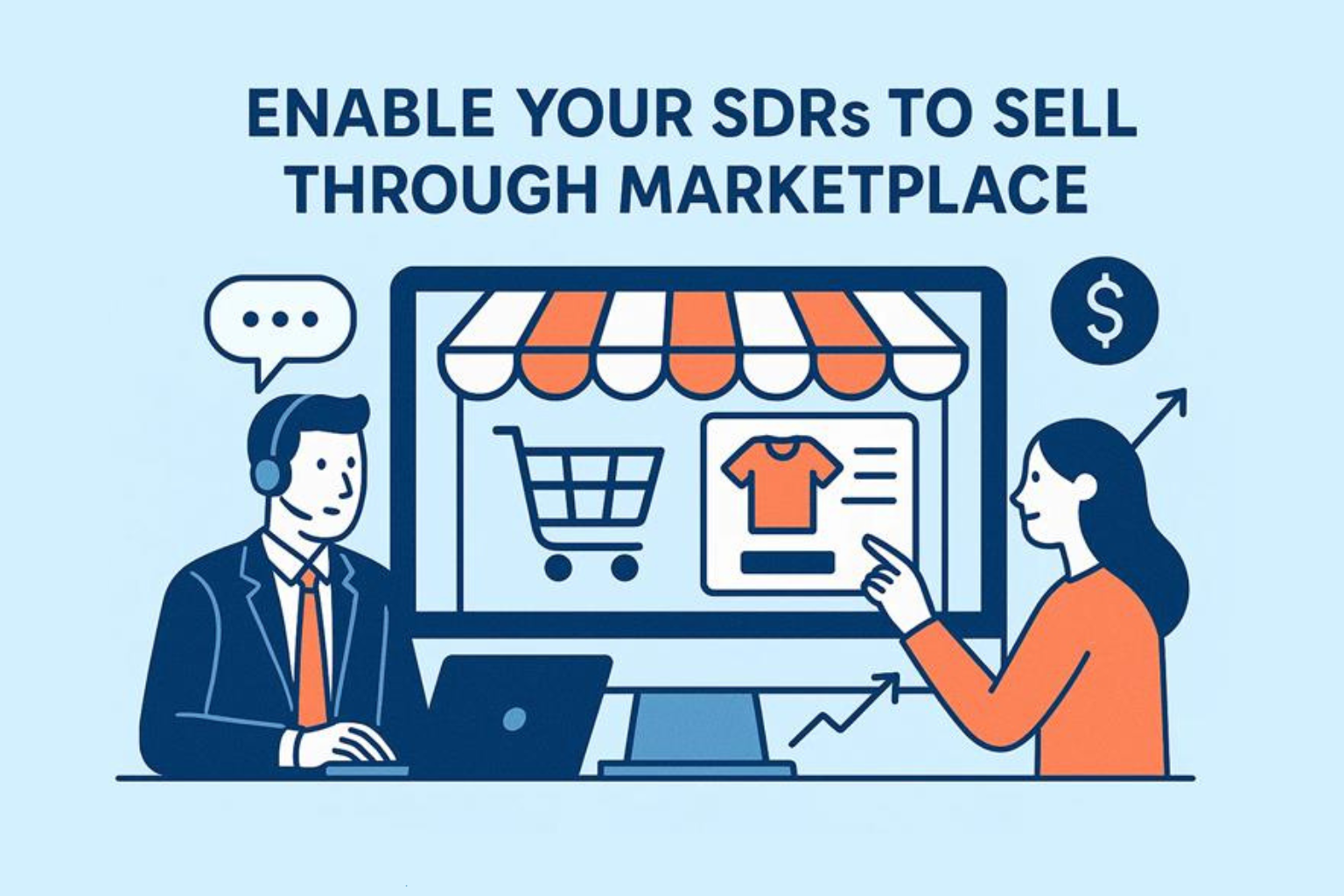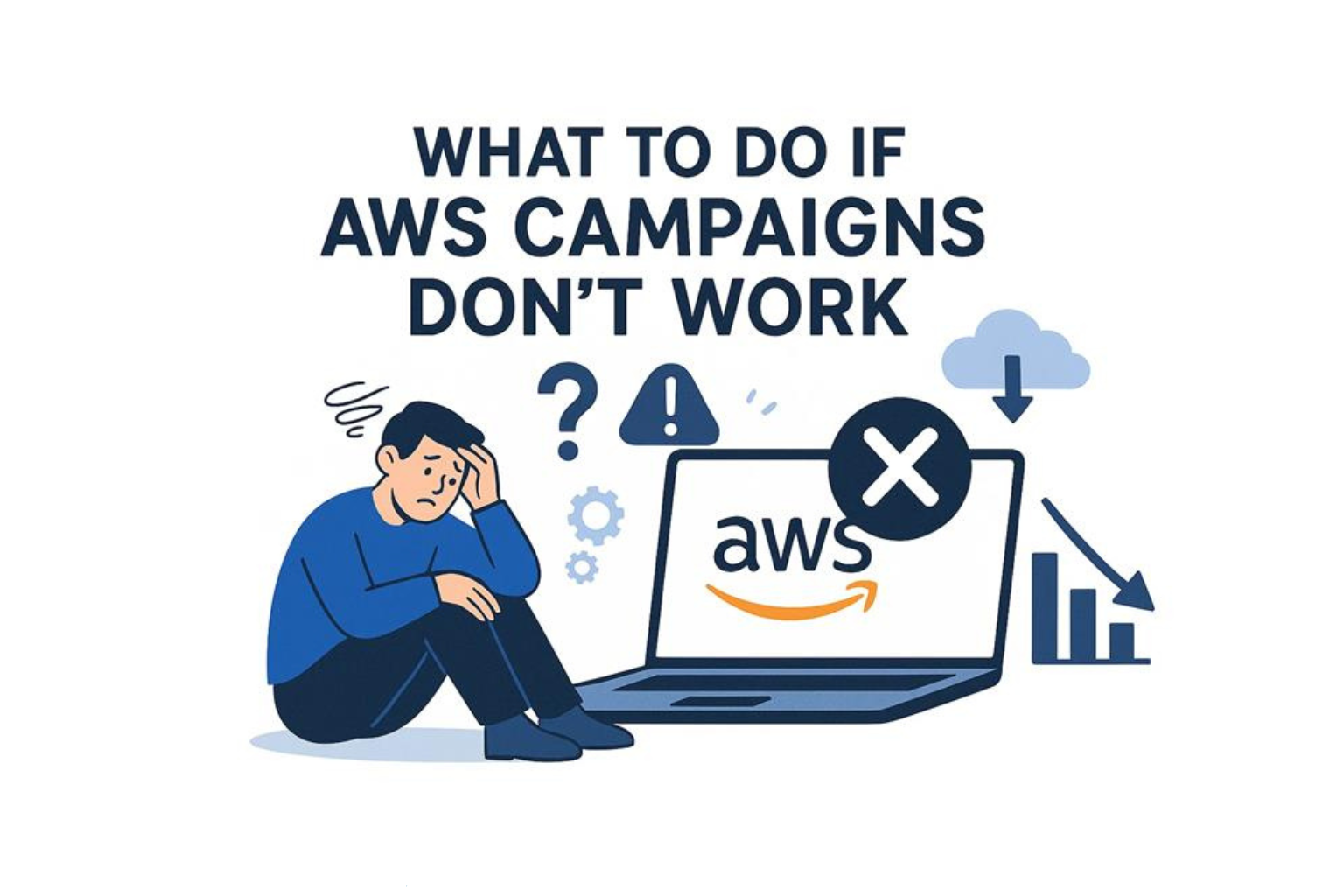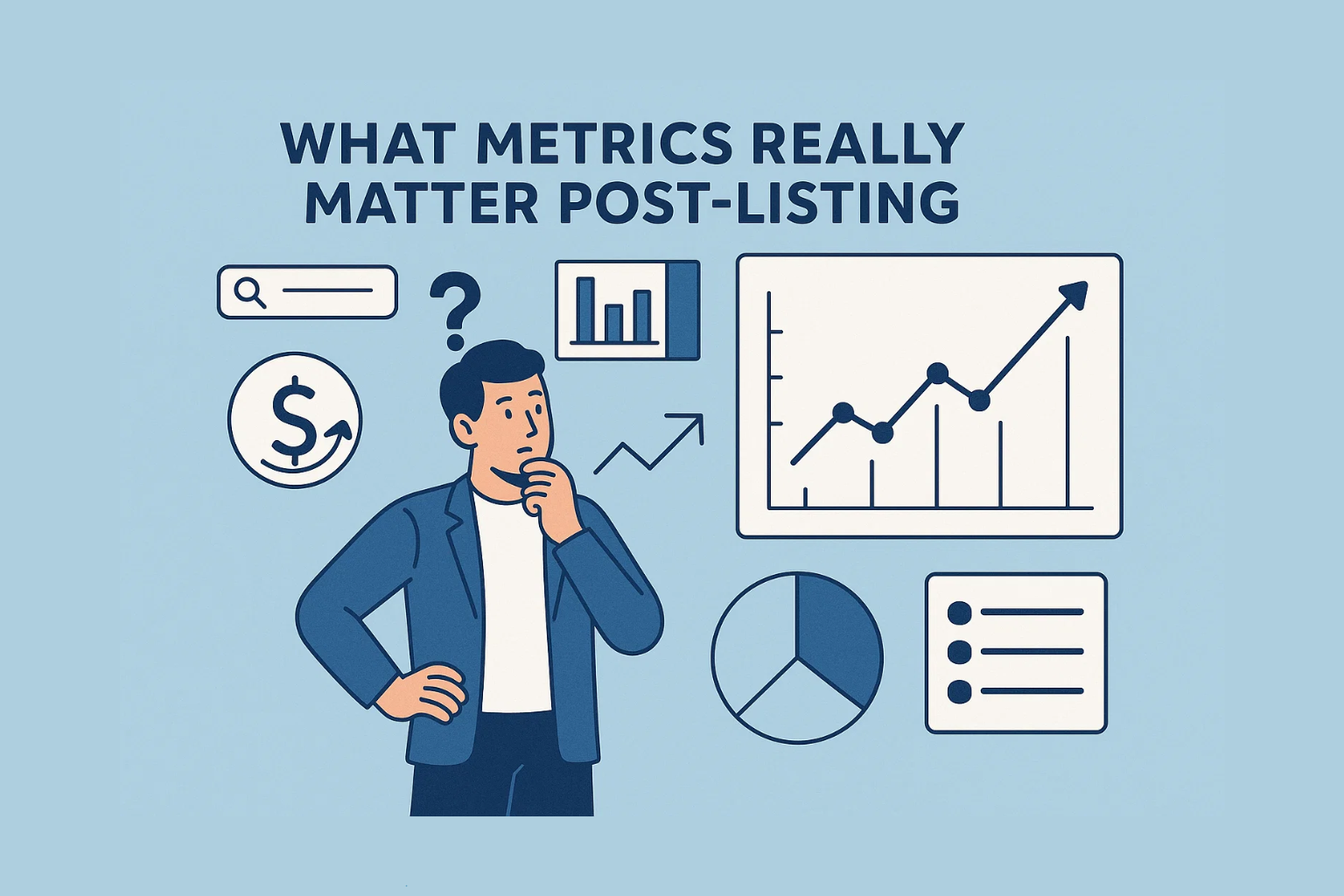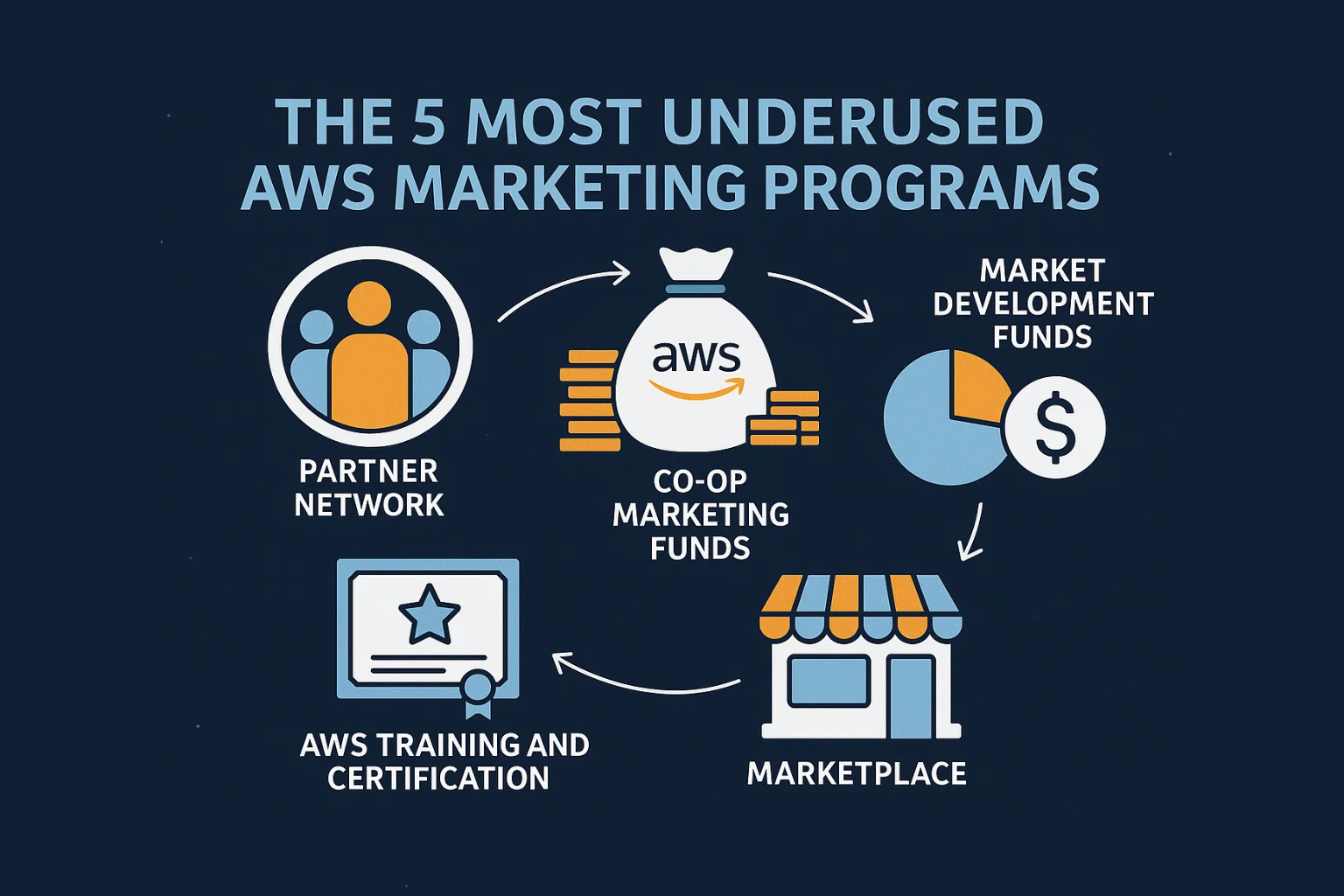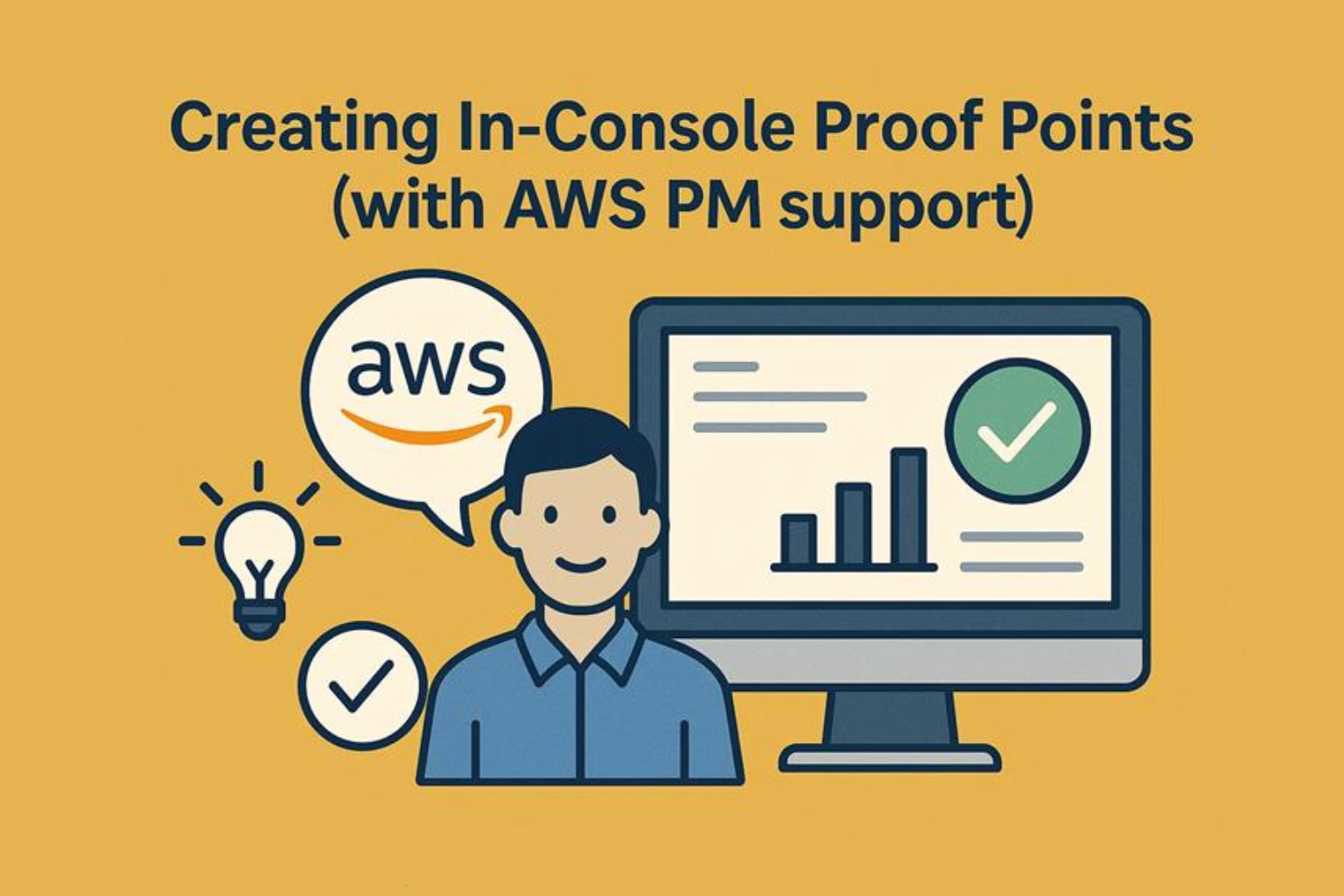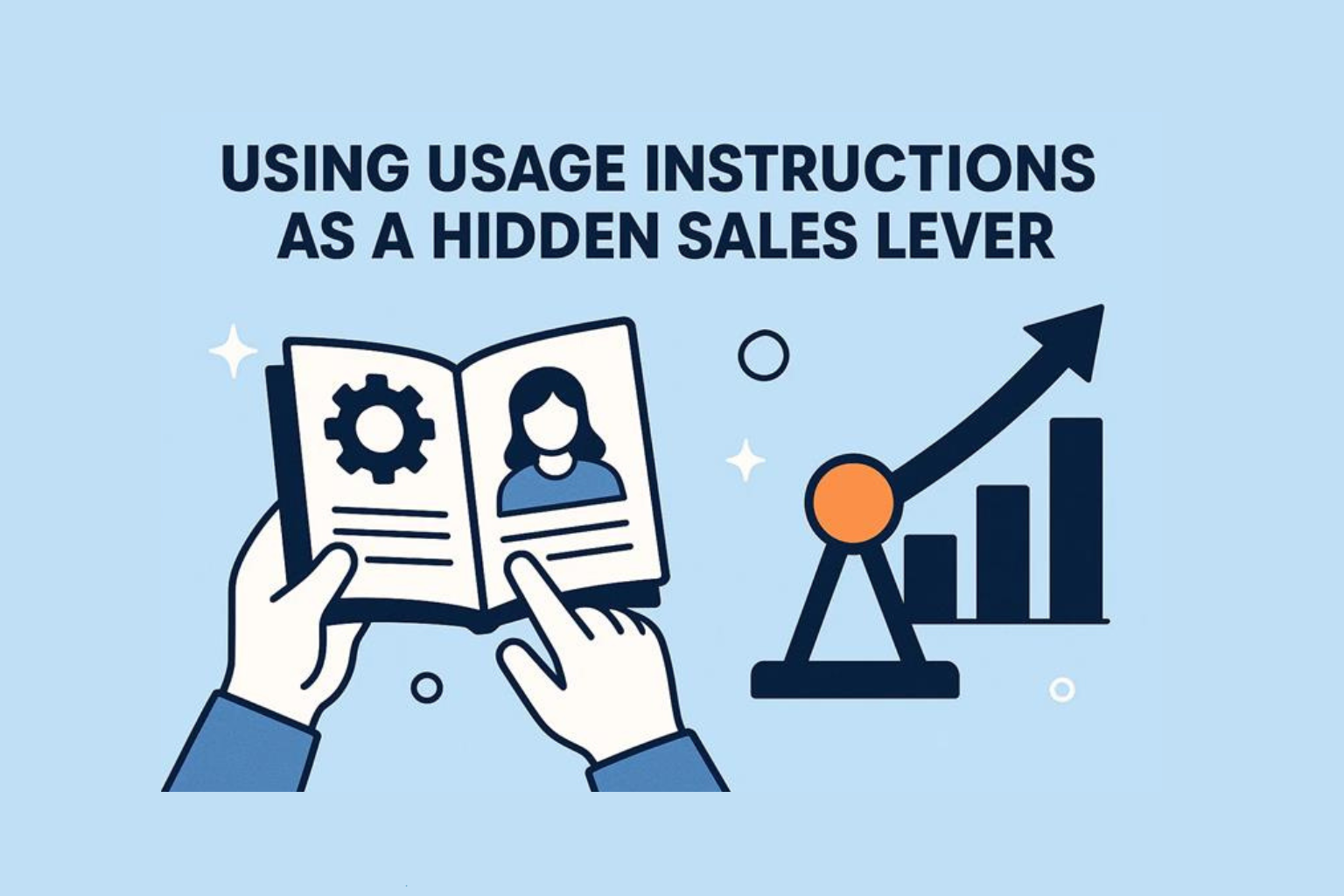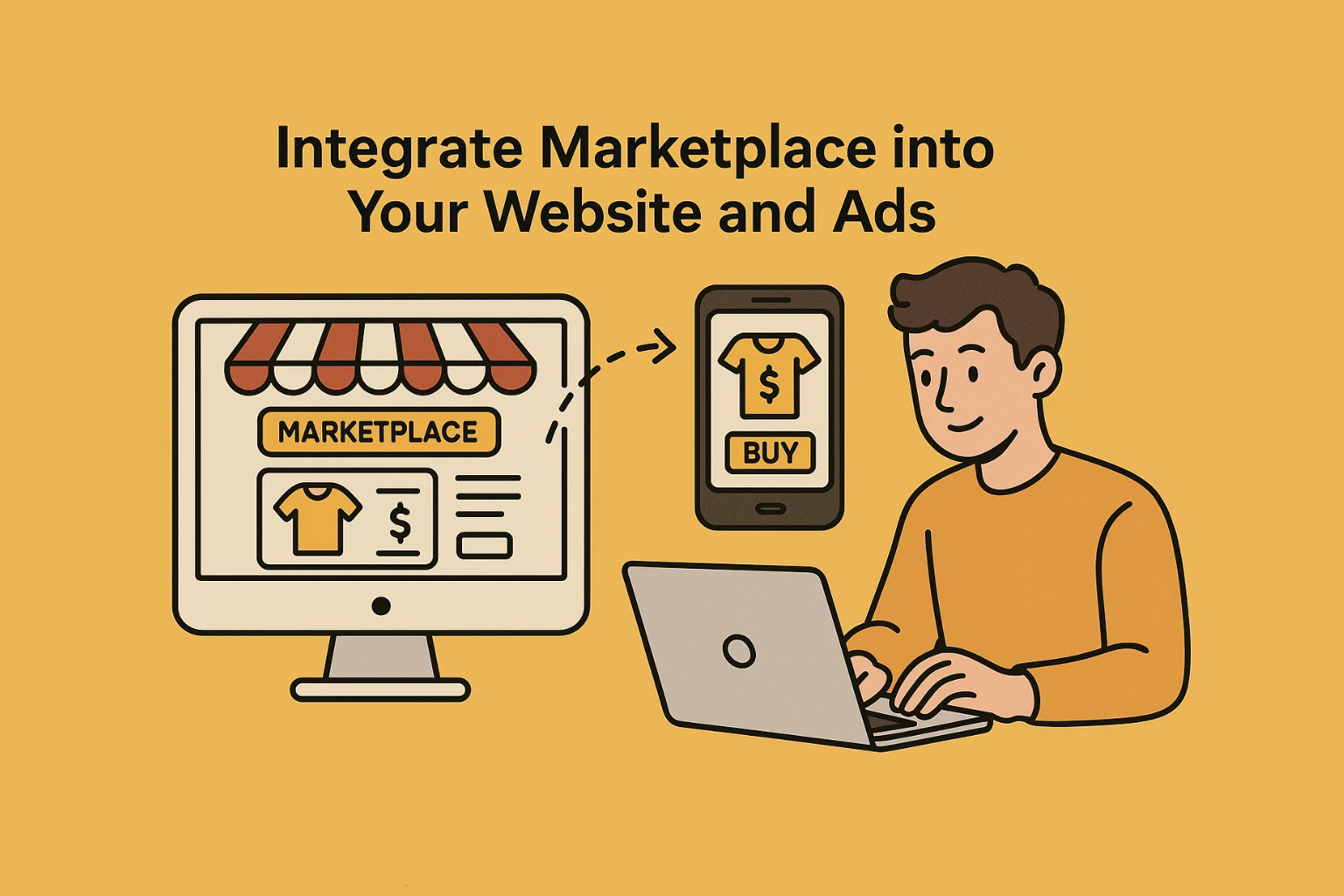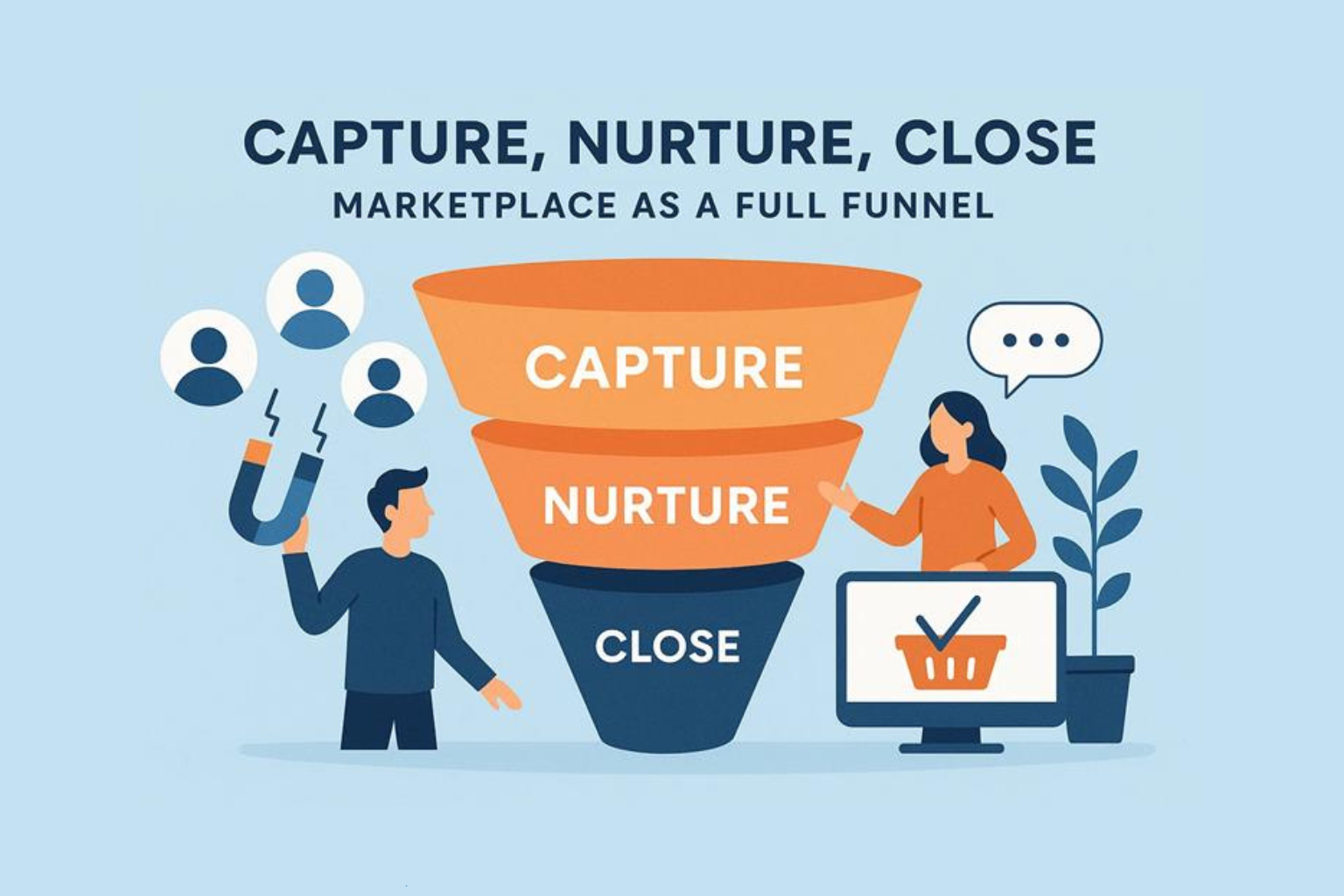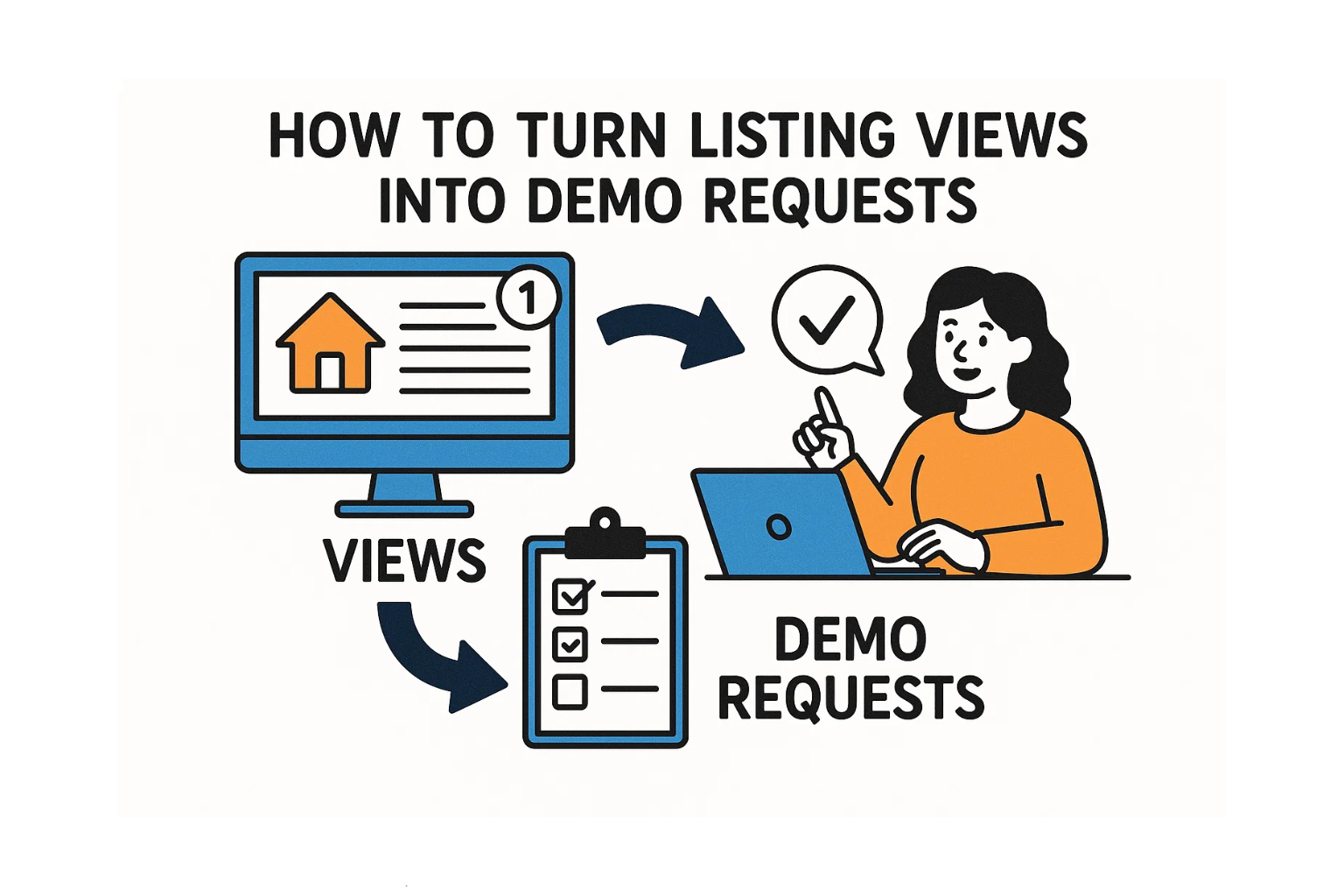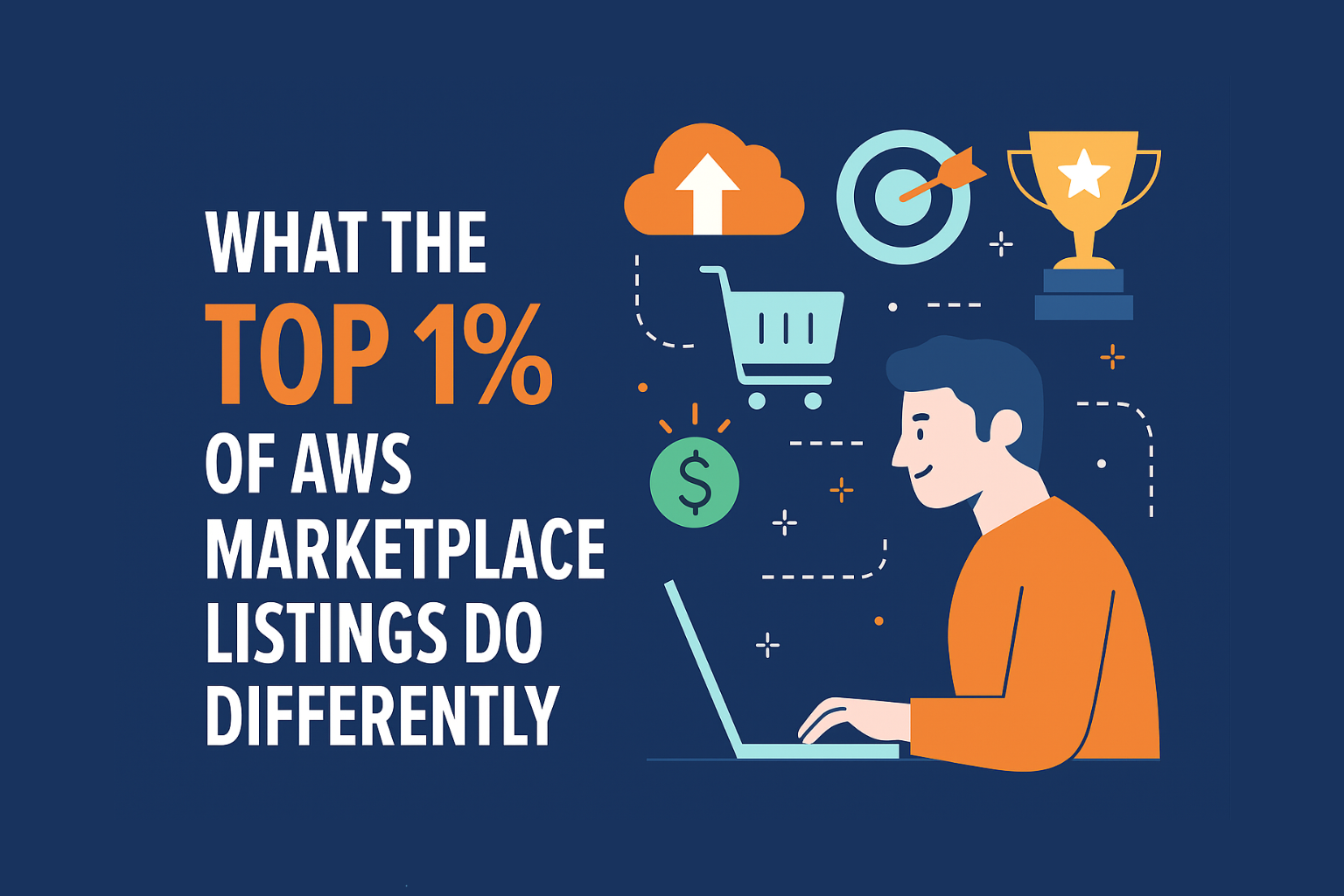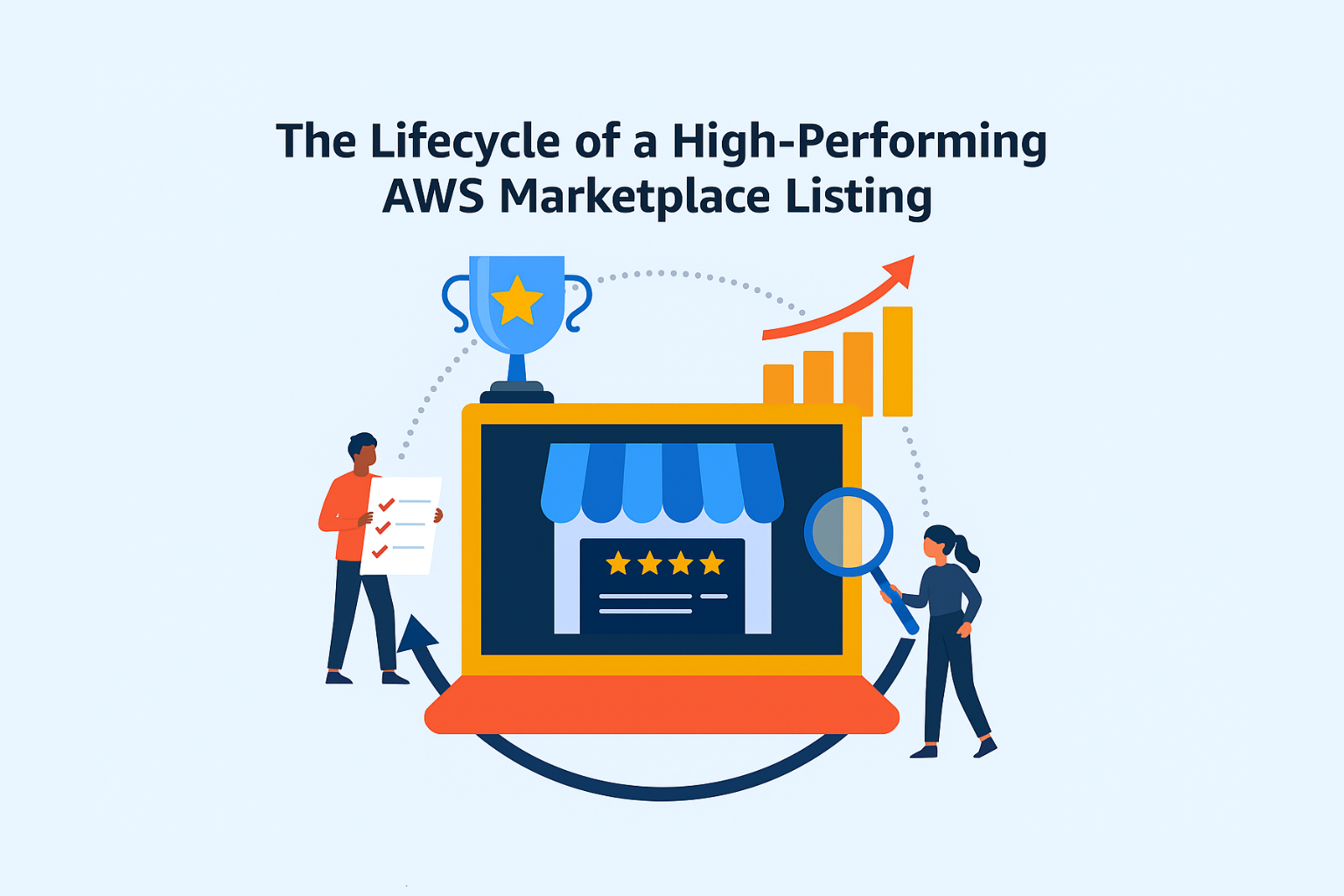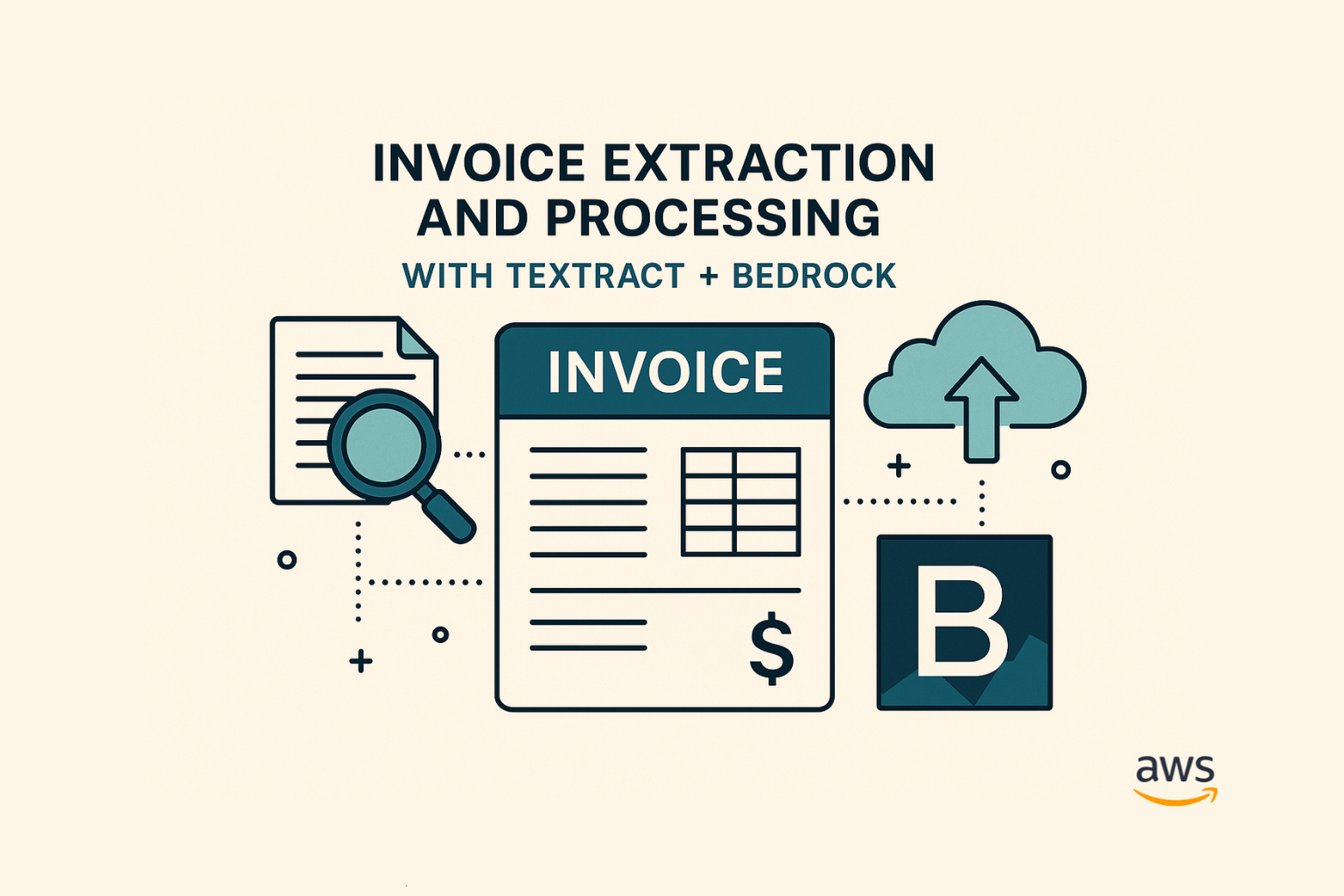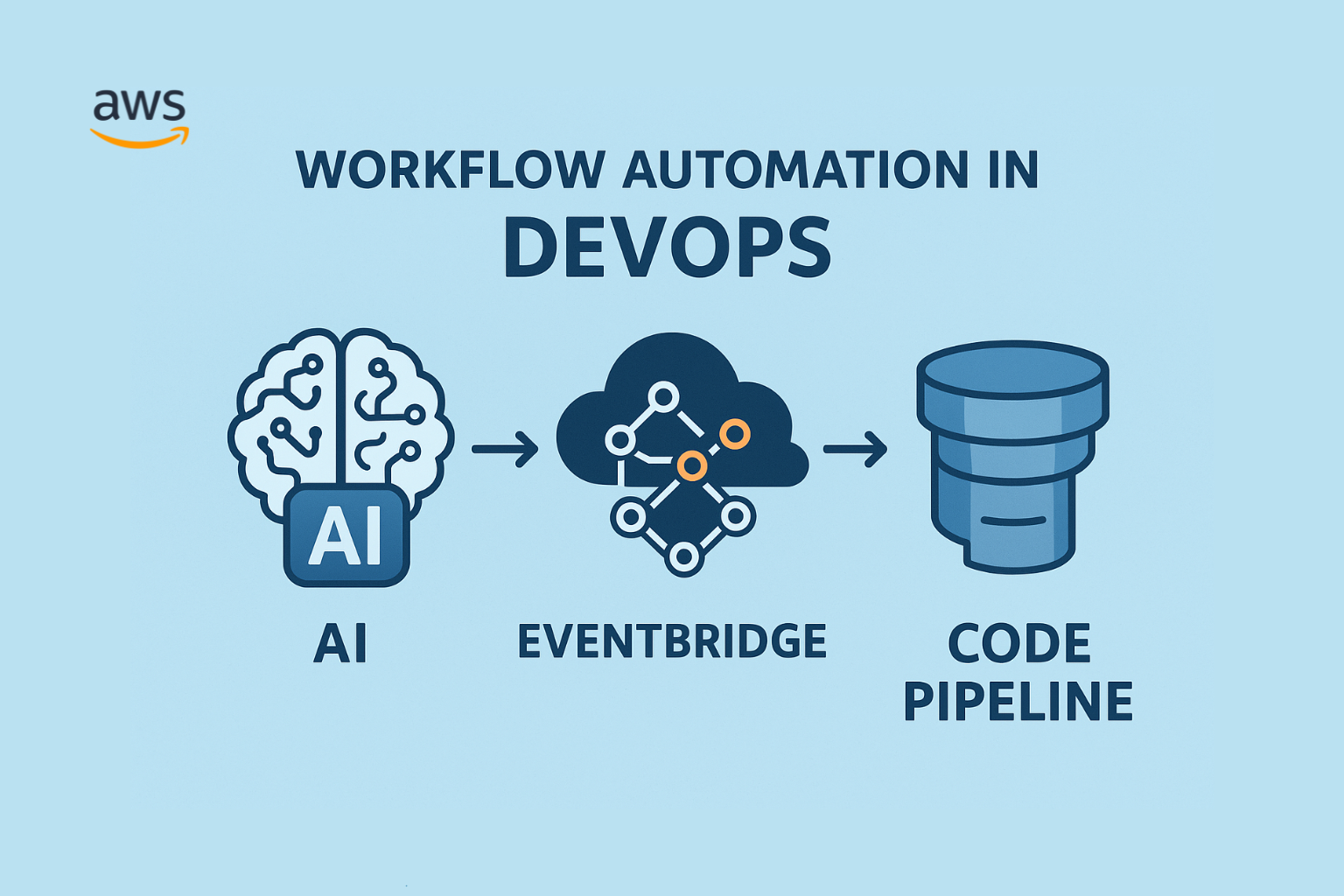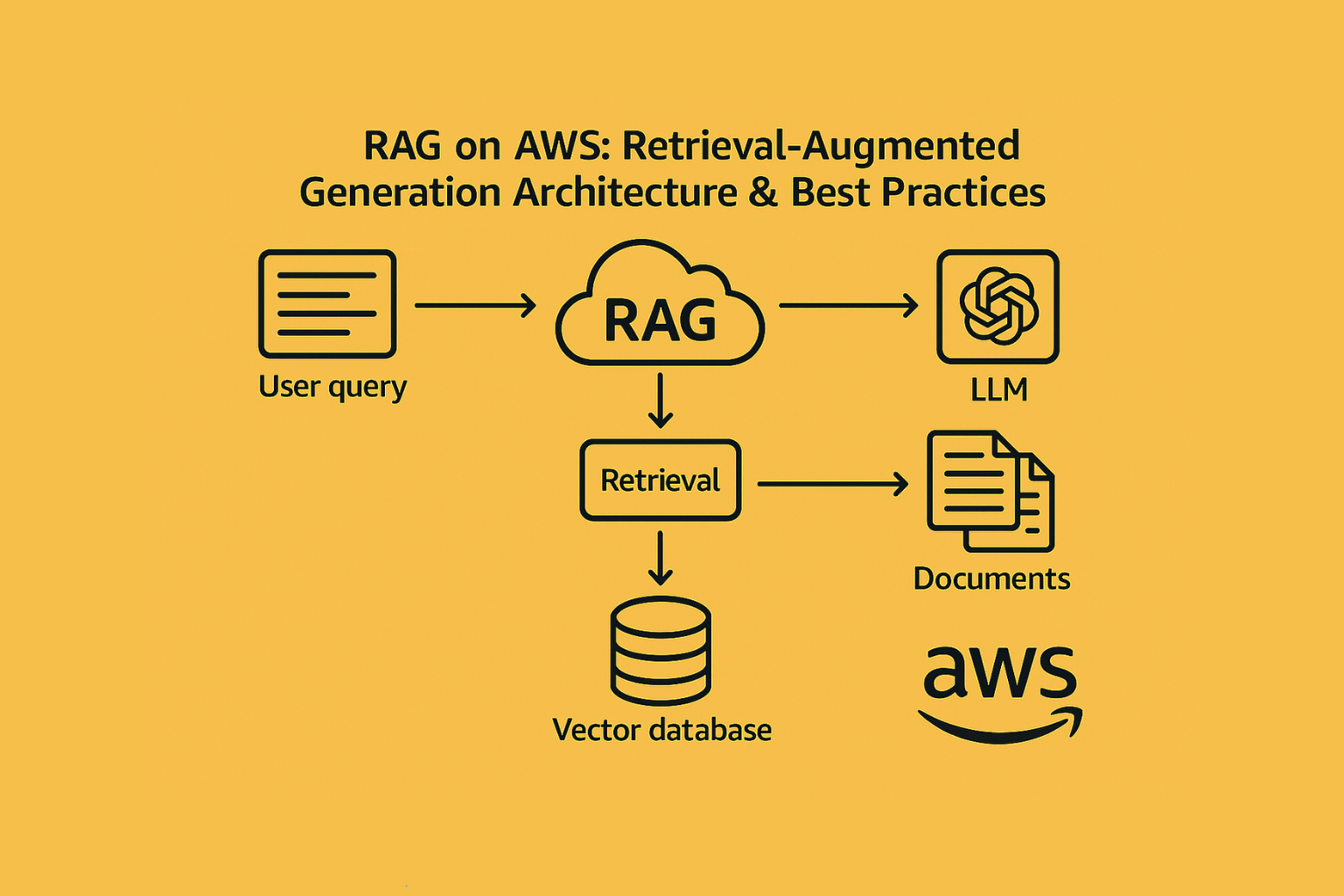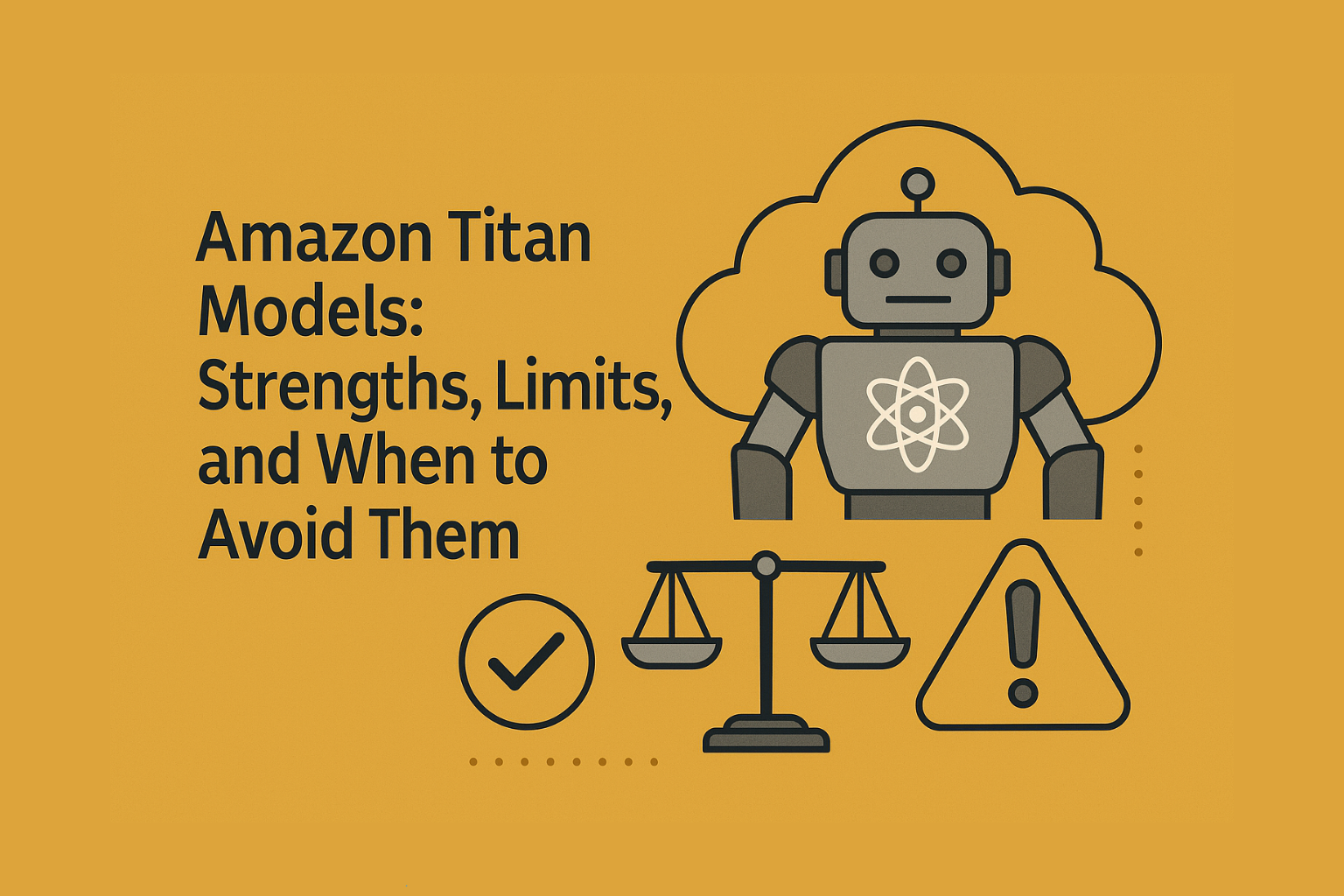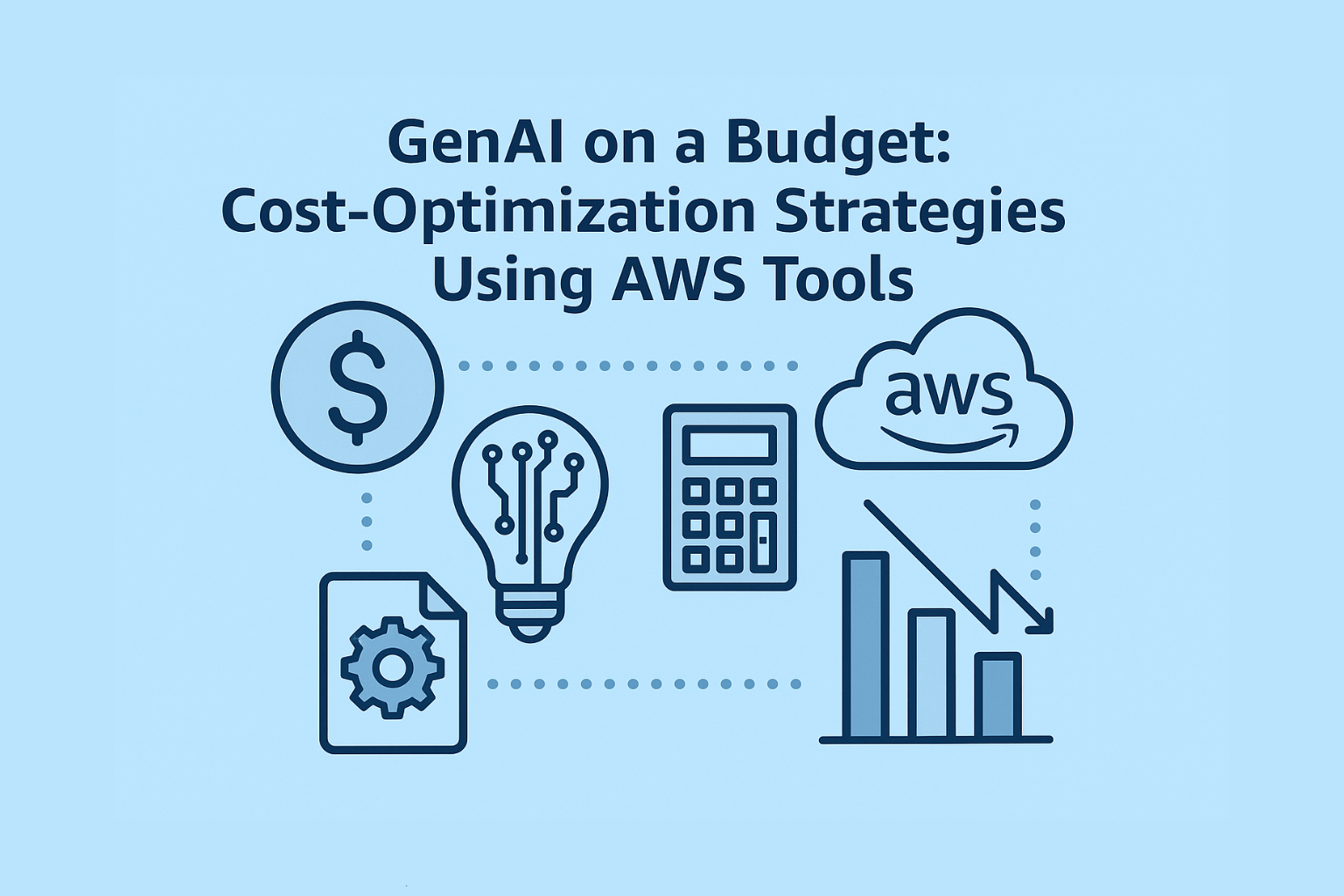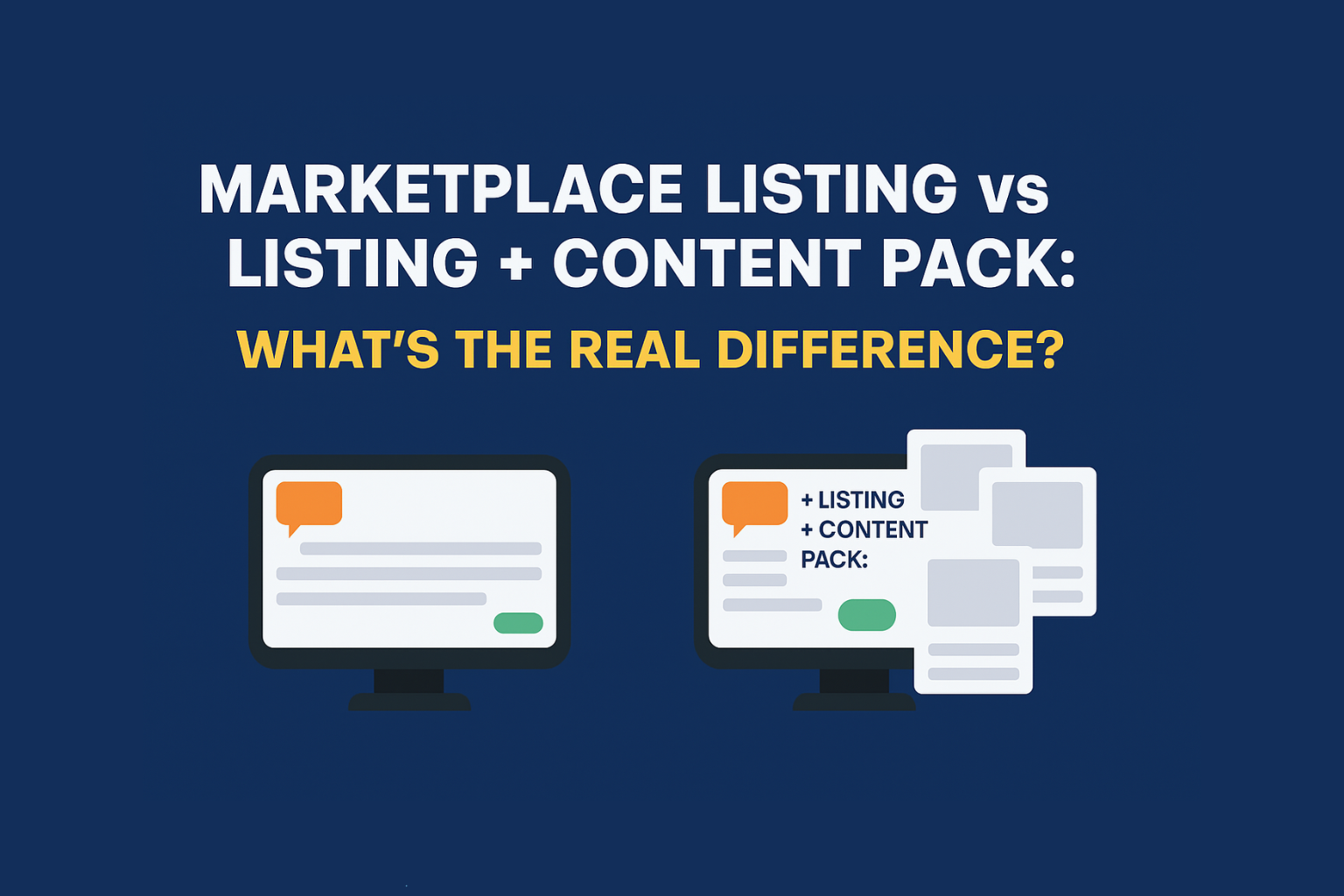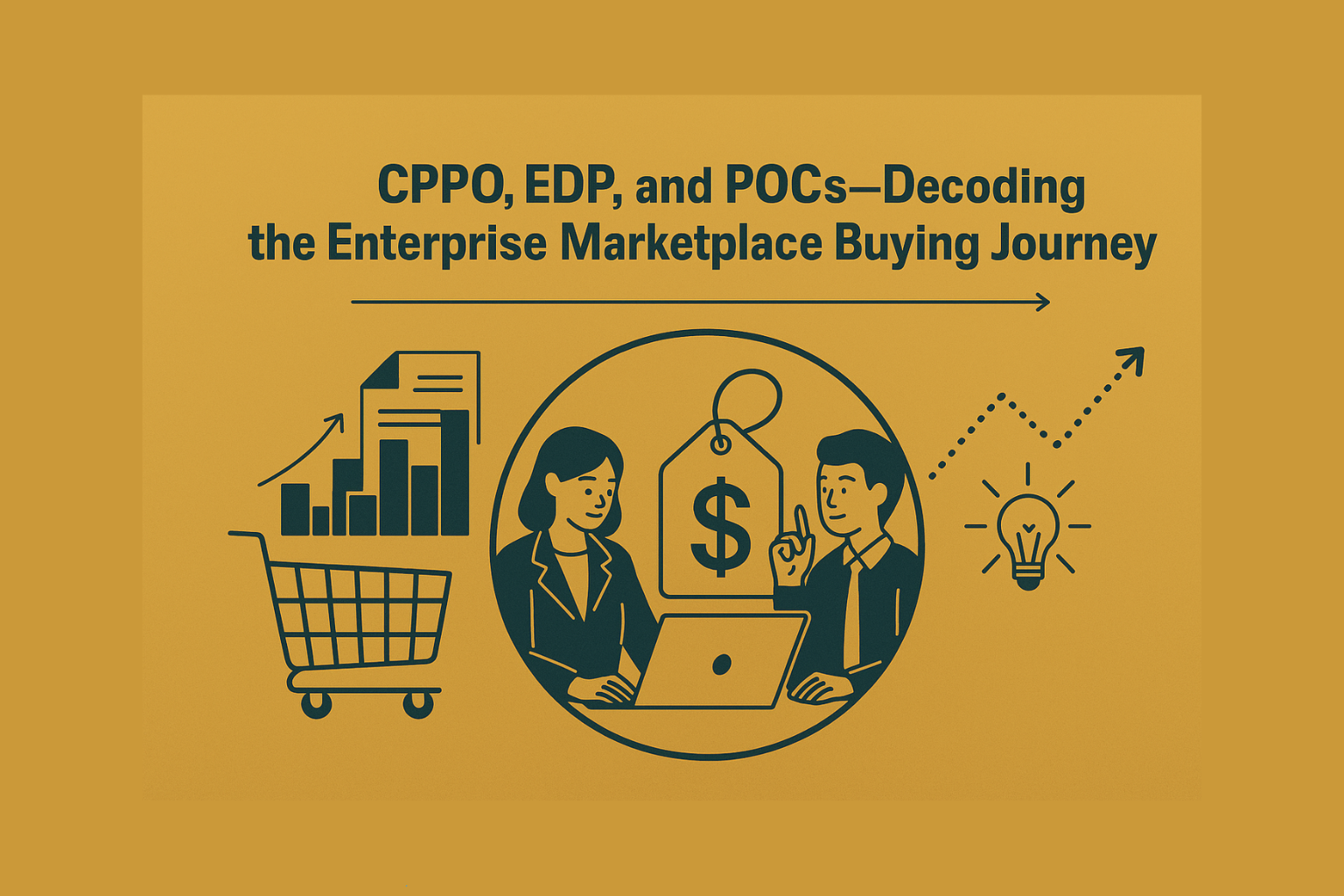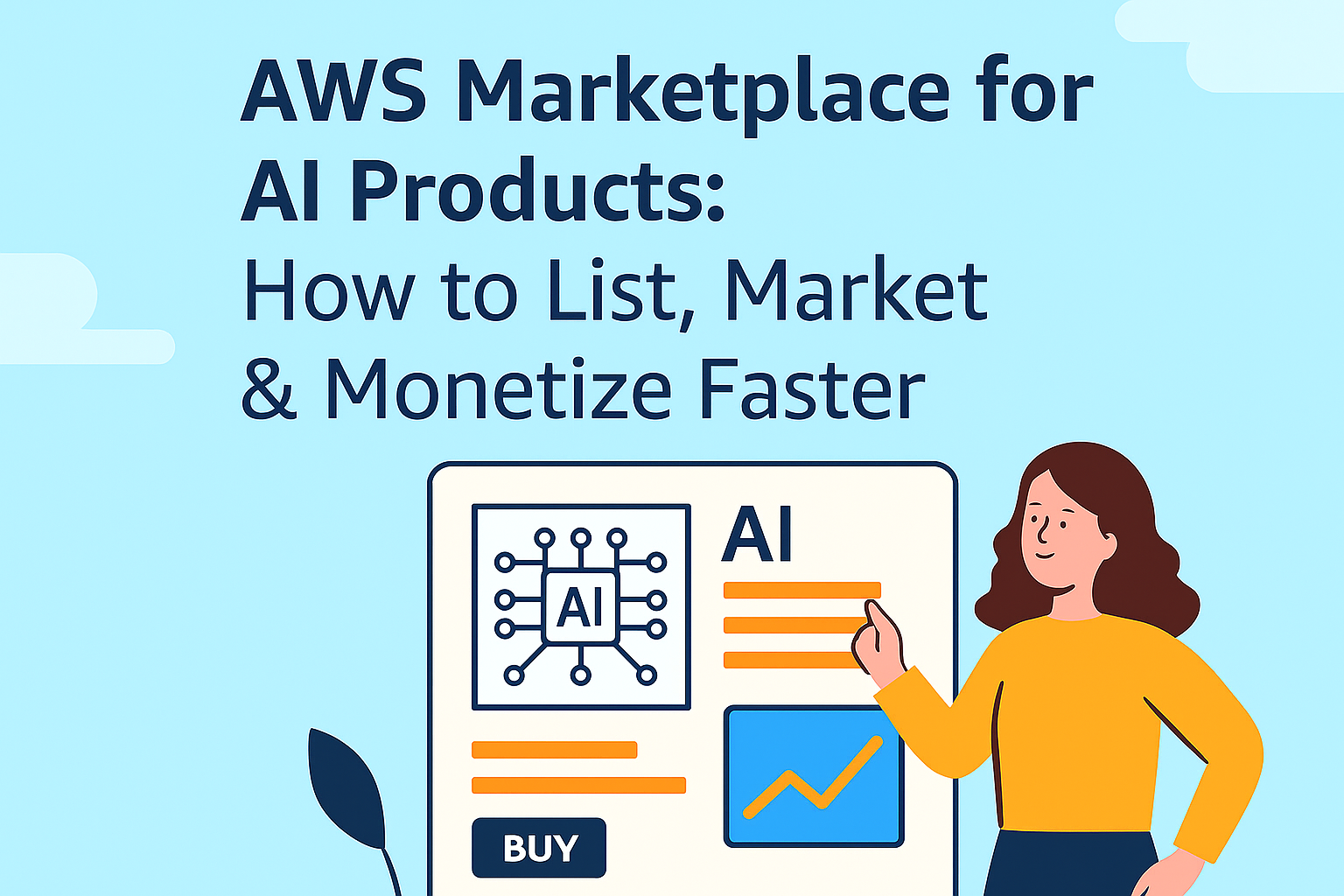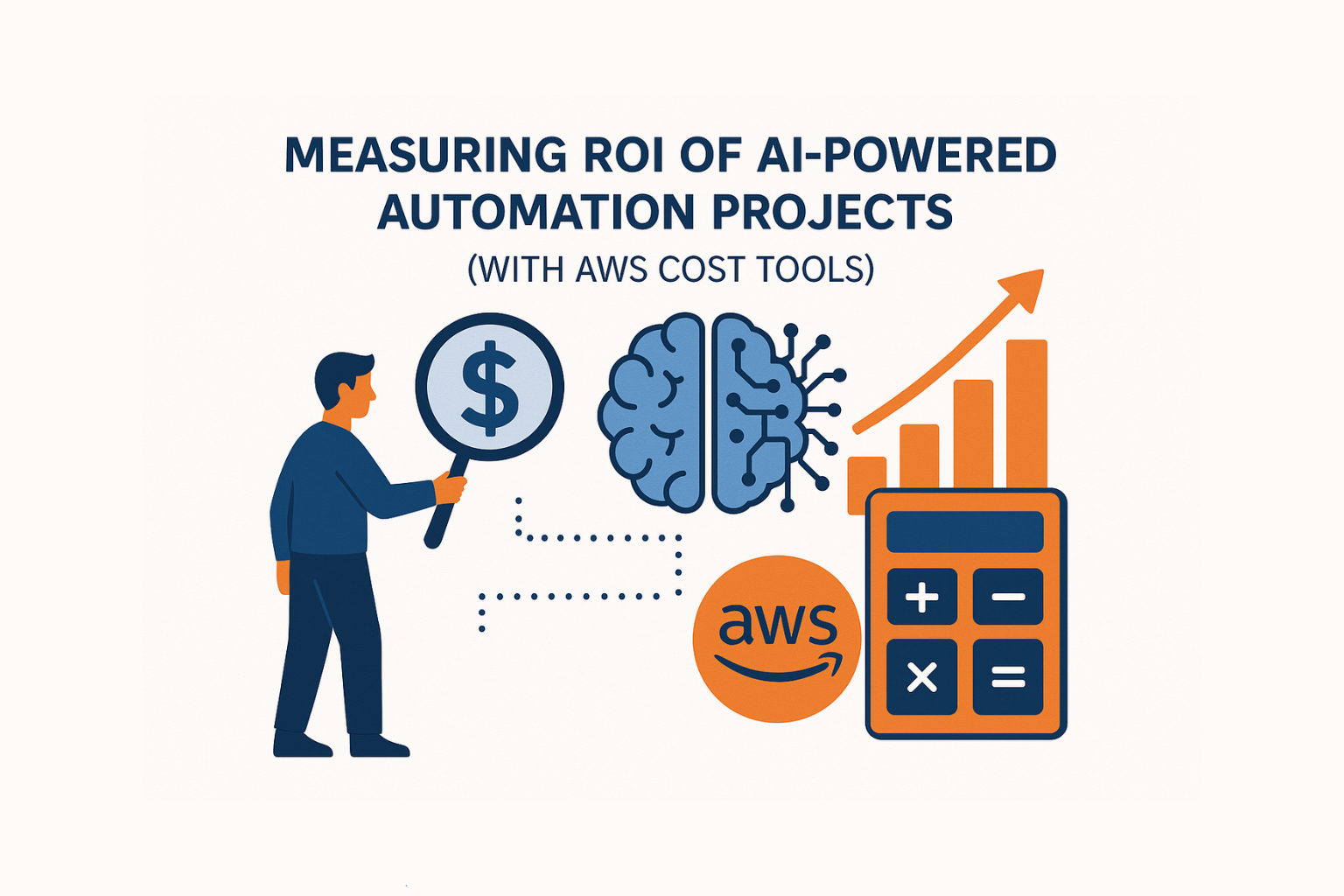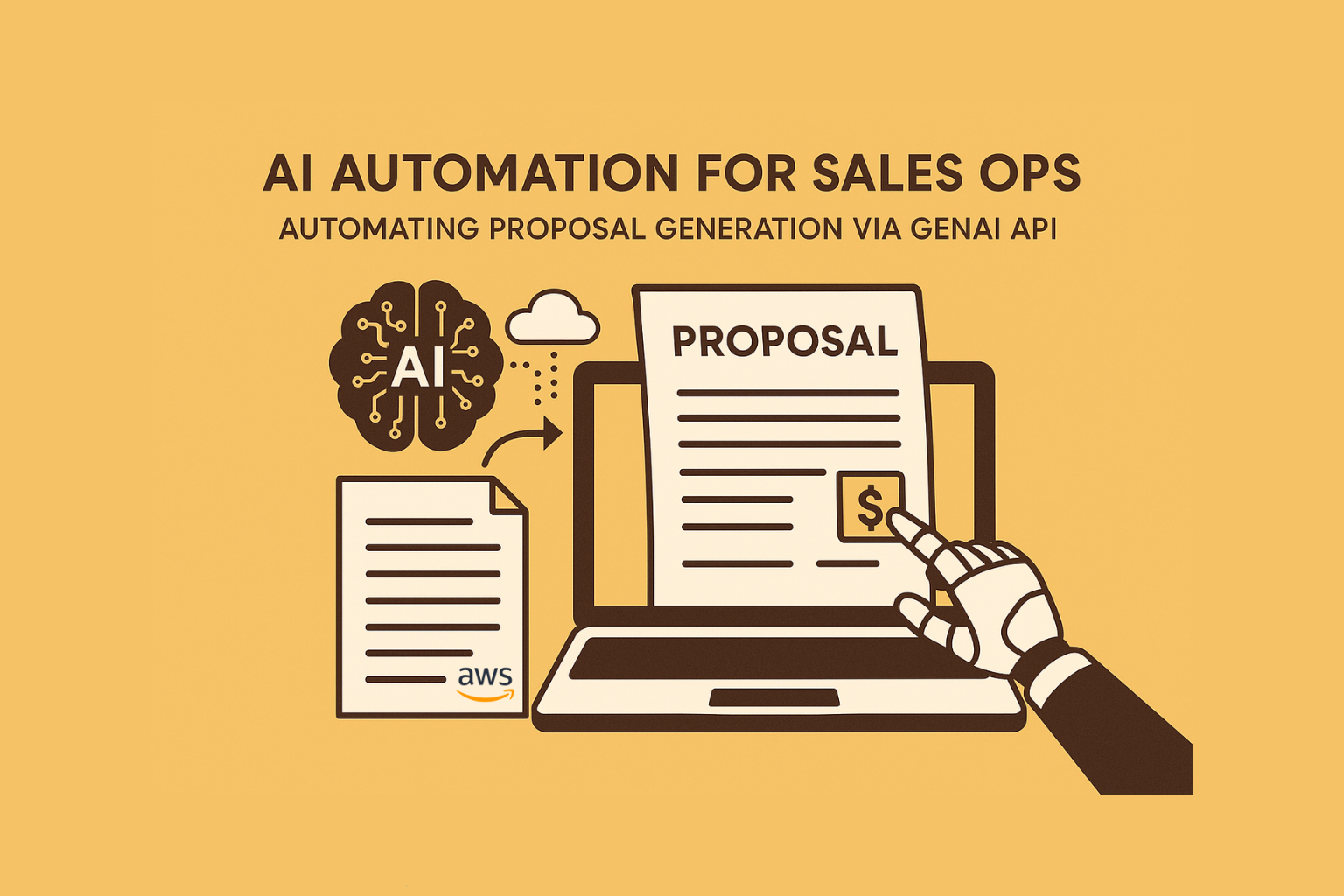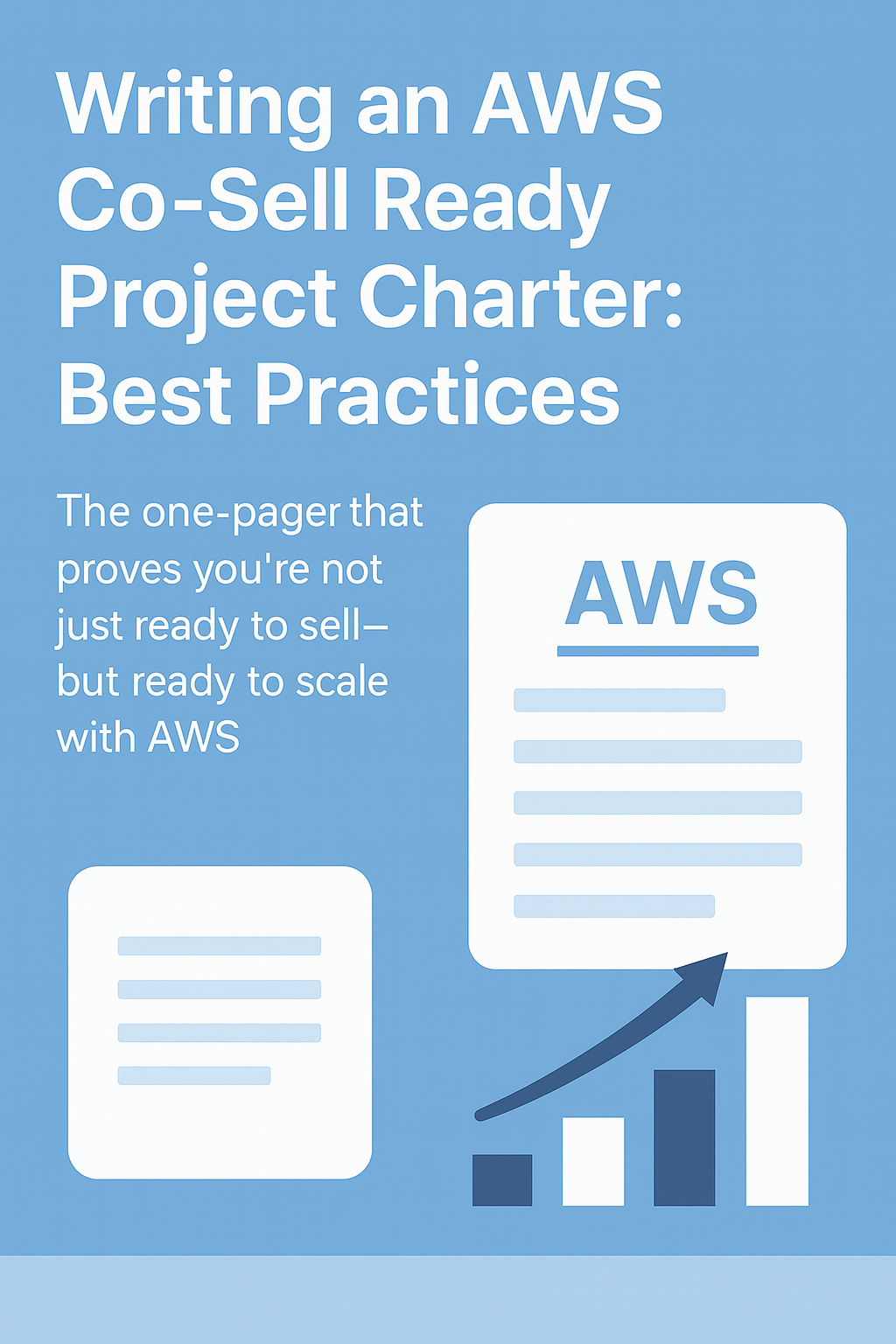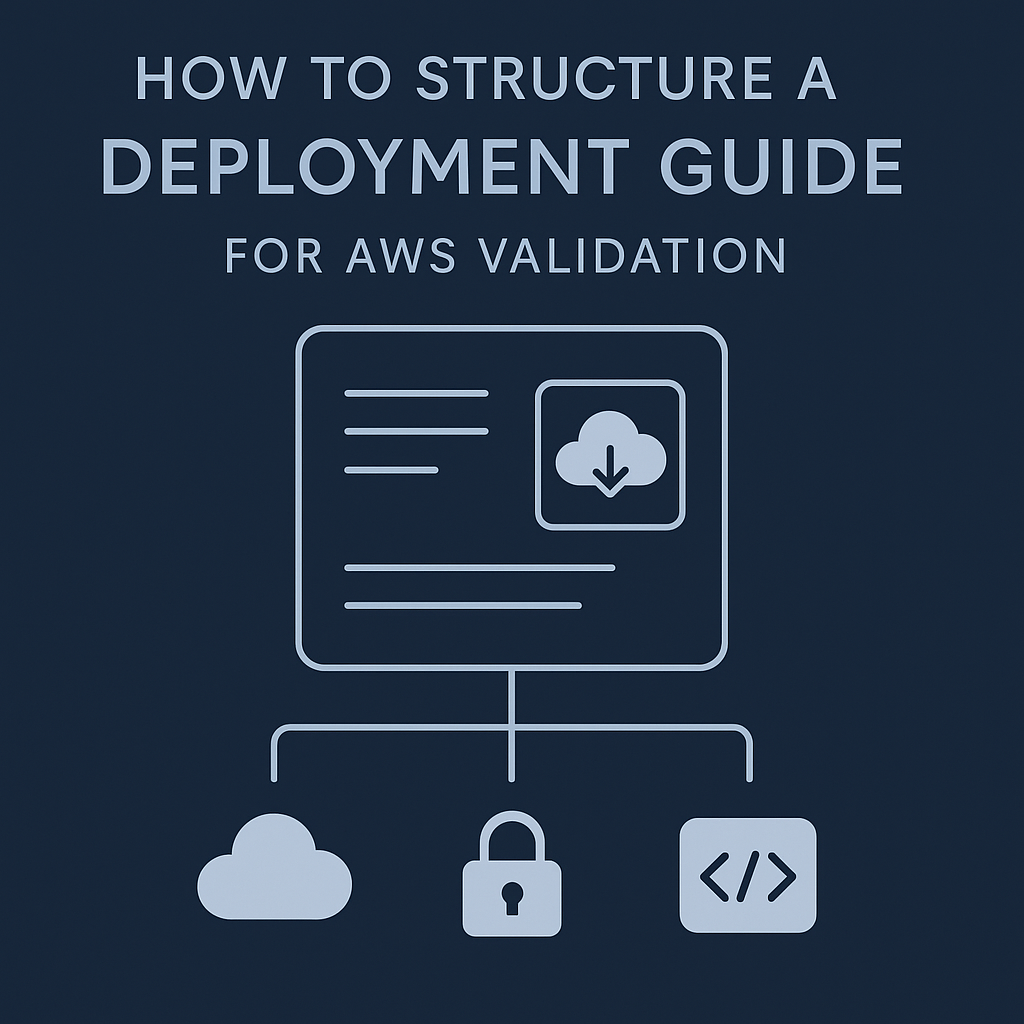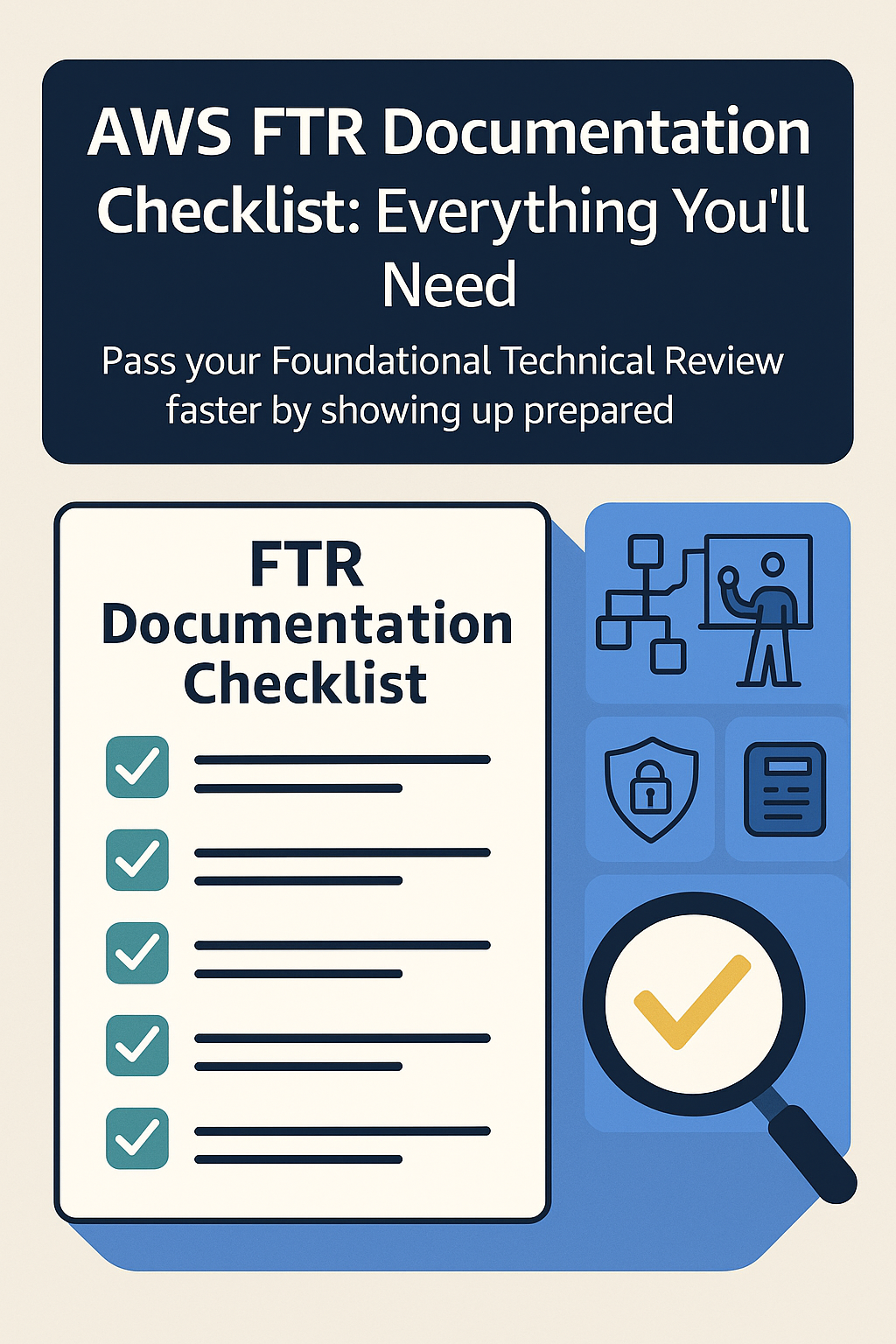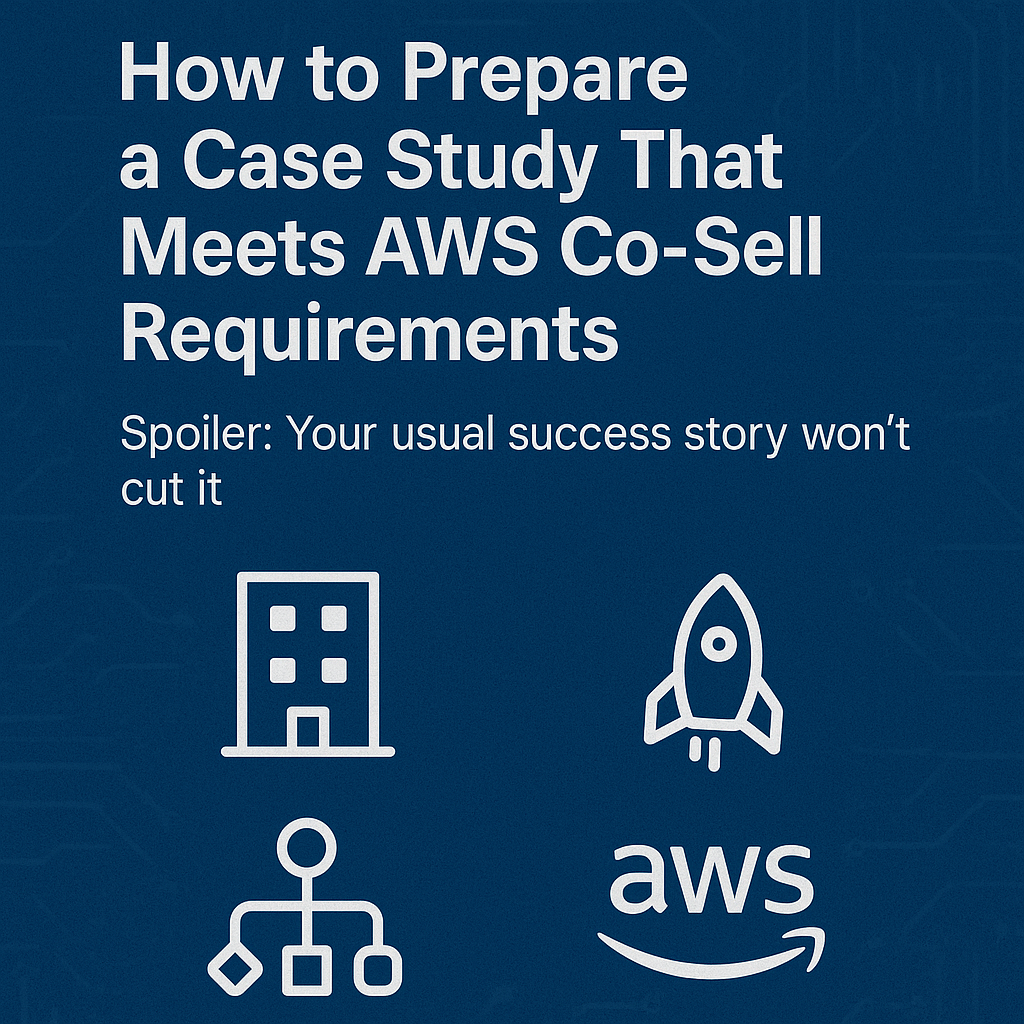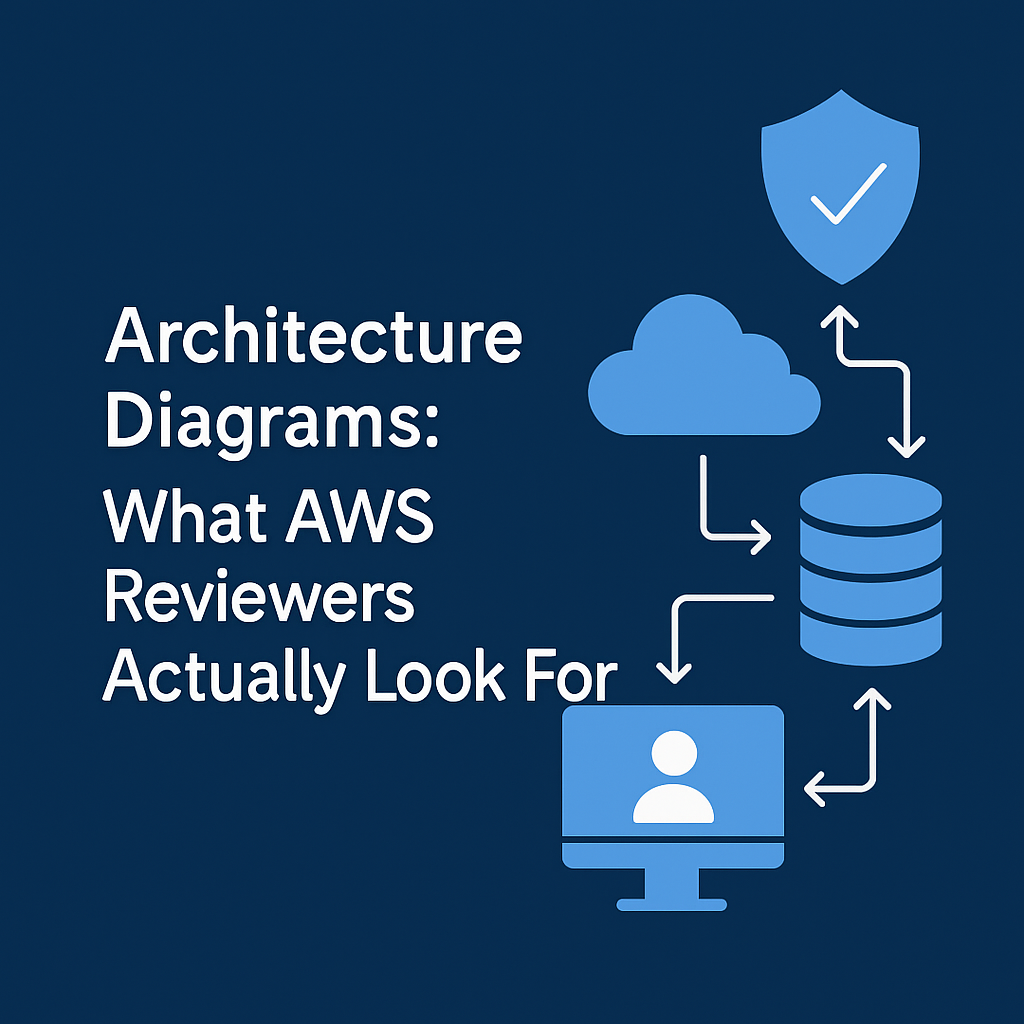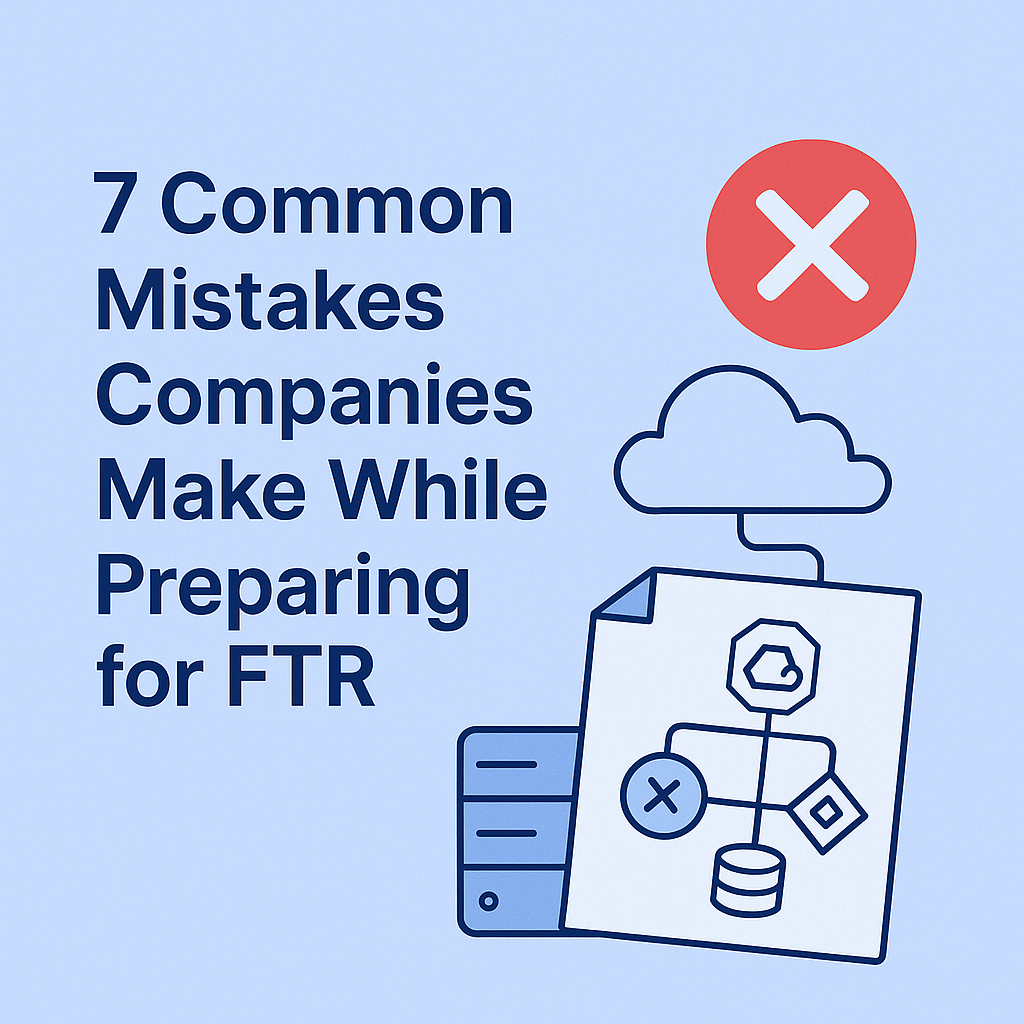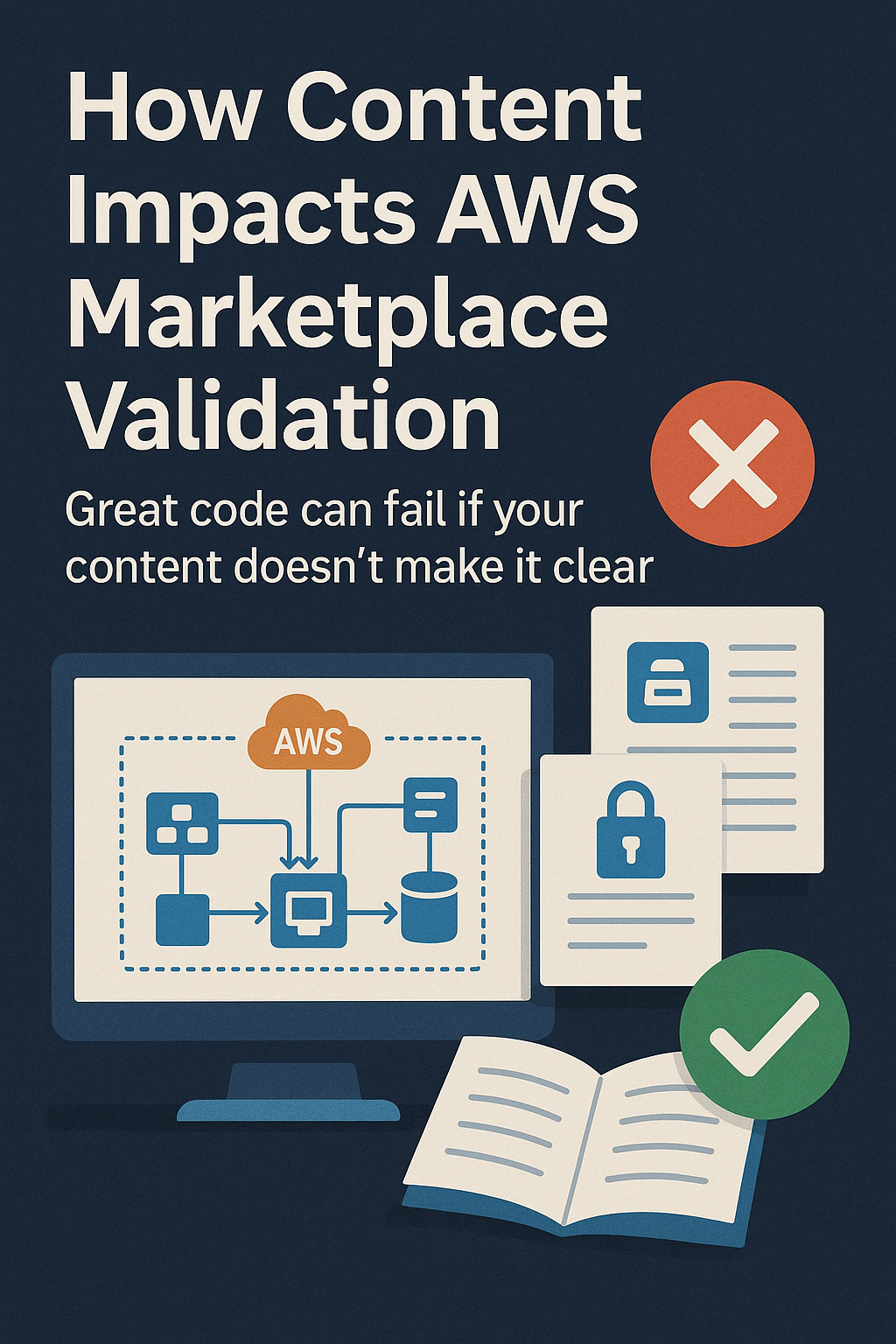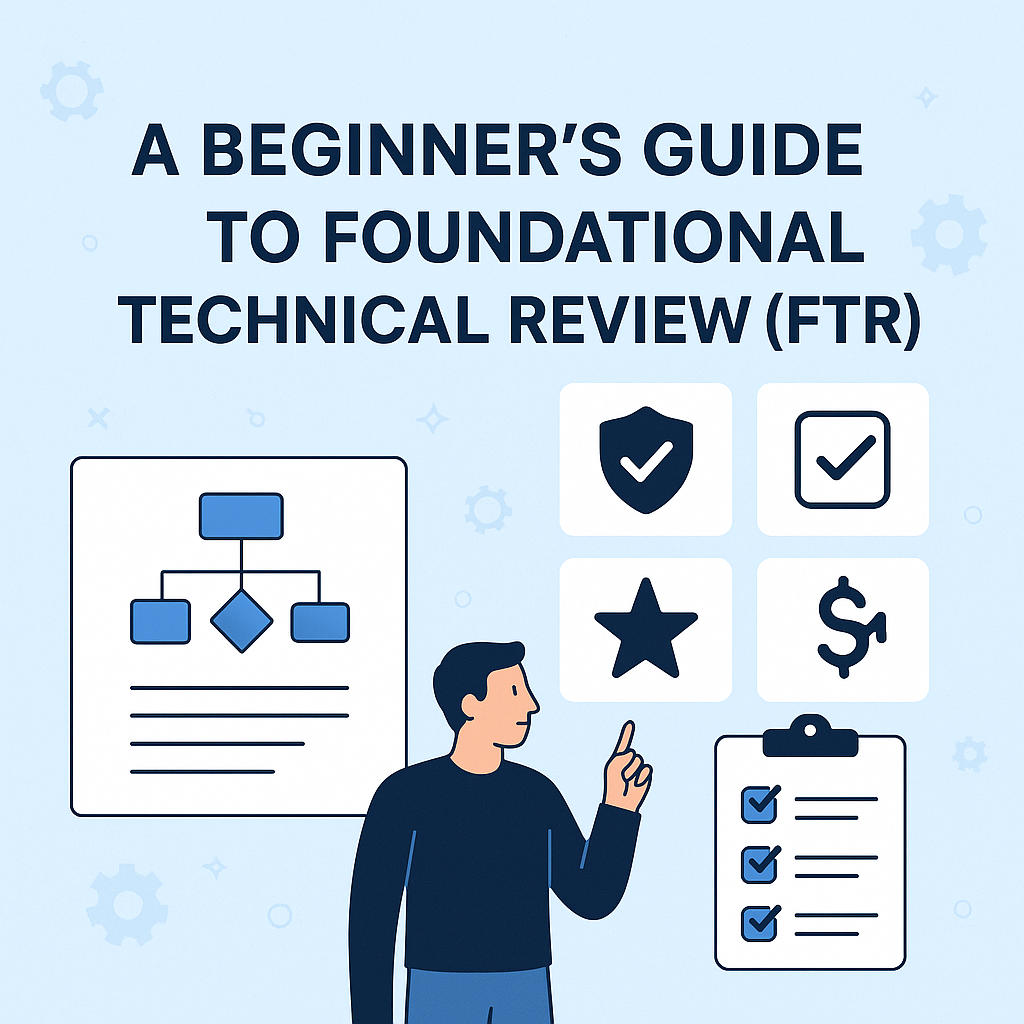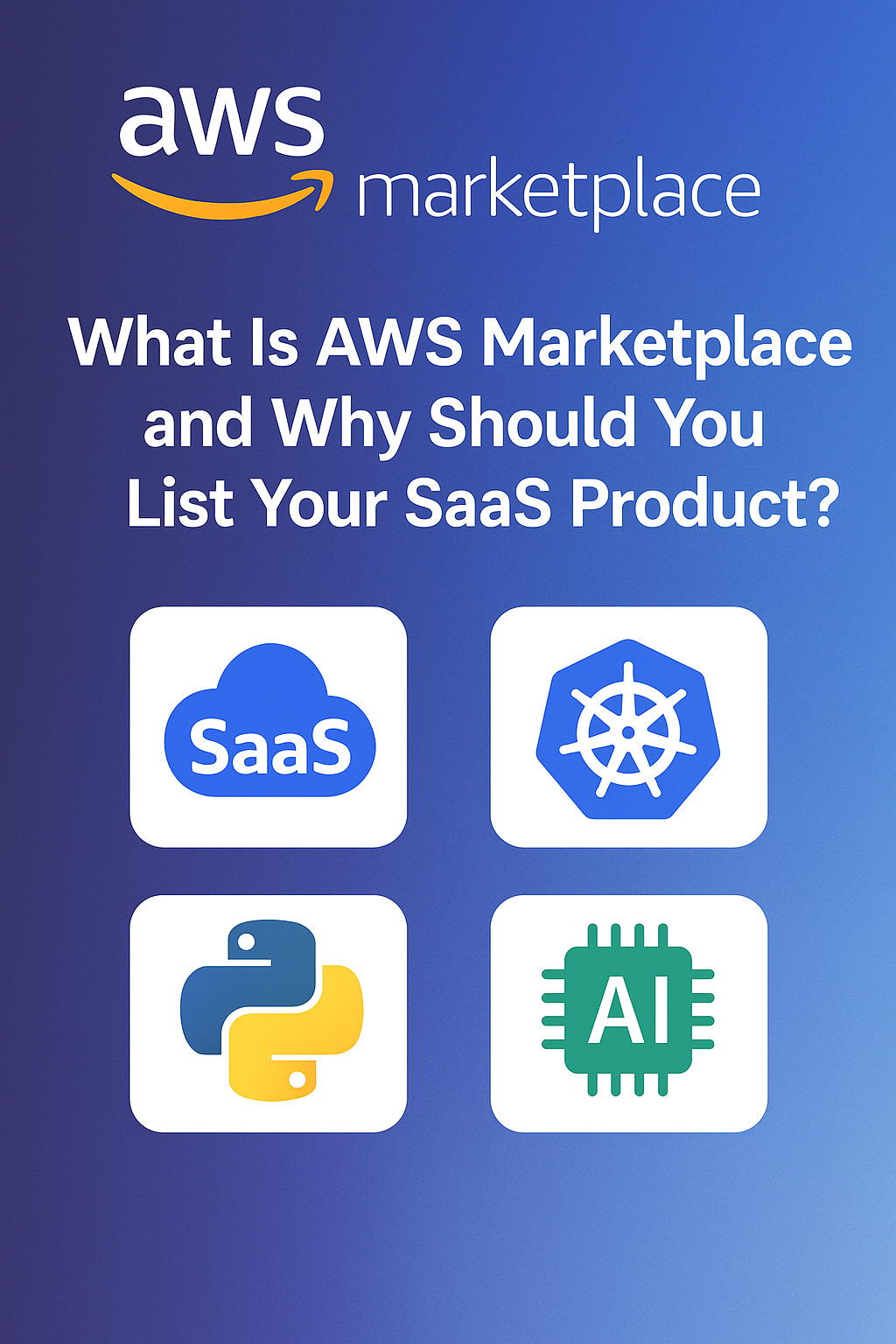Your listing isn’t just a page. It’s a sales funnel entry point.
Introduction
Most companies treat their AWS Marketplace listing like a compliance form:
“We need to be listed to unlock Co-Sell or FTR—so let’s just get it live.”
But if you’re only thinking about the listing as a checkbox, you’re leaving a huge opportunity on the table.
Your AWS Marketplace listing is one of the most powerful entry points into your GTM engine, especially for B2B SaaS and AI/infra startups.
This post covers how to align your listing content with your overall go-to-market strategy, so it doesn’t just get you listed—it helps you get leads, too.
What GTM Strategy Means in the AWS Context
Your GTM strategy =
How your product gets discovered, evaluated, and purchased by your ideal customer.
In the AWS ecosystem, your GTM strategy is built around:
- Your buyer personas
- Your industry use cases
- Your sales enablement process
- And your Co-Sell positioning with AWS teams
Your Marketplace listing should reinforce all of these on one page.
How to Make Your Listing GTM-Aligned
Here’s how to map your GTM priorities into your AWS Marketplace listing:
| GTM Element | How to Reflect in Listing |
|---|---|
| ICP (Ideal Customer Profile) | Use language that directly names the roles, industries, and challenges your product solves for |
| Use Cases | Lead with 2–3 real-world scenarios your buyer cares about—NOT just product features |
| AWS Services Used | Highlight how your use of AWS improves performance, scale, security, or compliance |
| Outcomes & Metrics | Include quantified value: “Reduced ML processing time by 60%”, “Achieved HIPAA compliance with AWS-native encryption” |
| Sales/Support CTA | Don’t just rely on “Subscribe”—link to a demo request or free trial landing page if possible |
| Co-Sell-Ready Messaging | Make it clear you’re ready to partner with AWS sellers and account managers (“Available for Co-Sell engagement”) |
Tip: Your listing should speak as much to AWS sellers as it does to potential customers.
Common Misalignments (That Kill Momentum)
- Marketplace and website messaging are completely disconnected
- Copy-pasted feature blurbs from your website with no buyer context
- Zero mention of industry-specific use cases (especially in healthcare, fintech, security, etc.)
- No outcomes or performance claims (even estimated ones)
- Listing CTA leads nowhere (no form, trial, or sales link)
GTM-Aligned Listing Example
Instead of:
“Secure cloud file sharing for enterprises”
Say:
“Enable healthcare, fintech, and legal teams to securely share and manage sensitive documents using end-to-end encrypted workflows—deployed on AWS and compliant with HIPAA and SOC2.”
Then list:
- ✅ Key use cases
- ✅ AWS services leveraged
- ✅ Results seen by past customers
- ✅ Support plans or onboarding models
That’s a listing aligned with GTM—from both buyer and partner lens.
Bonus: Connect Your Listing to Your Content Funnel
Link your Marketplace listing to:
- Landing pages with demo requests
- Product onboarding walkthroughs
- Case studies (especially those with AWS context)
- Blog posts showing use case depth
- Competency, FTR, or Partner badge credentials
This turns your AWS listing into the start of your funnel—not the end.
Conclusion
Your AWS Marketplace listing isn’t just a technical requirement.
It’s a trust asset.
A lead magnet.
A signal to AWS teams that you’re ready to scale.
When aligned with your GTM strategy, it becomes one of your strongest distribution levers—inside the AWS ecosystem and beyond.
Want help writing a Marketplace listing that drives real pipeline, not just a listing badge?
Contact us for more details

